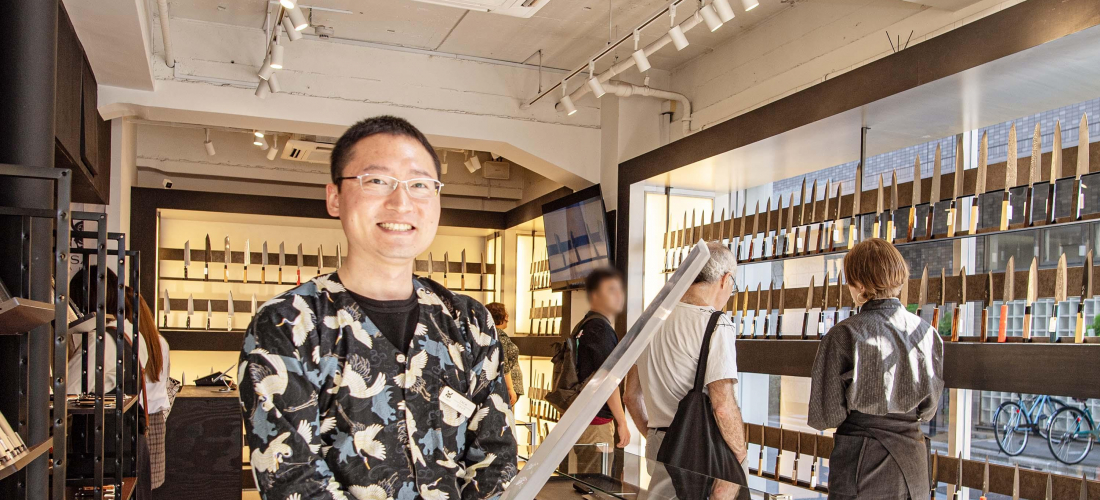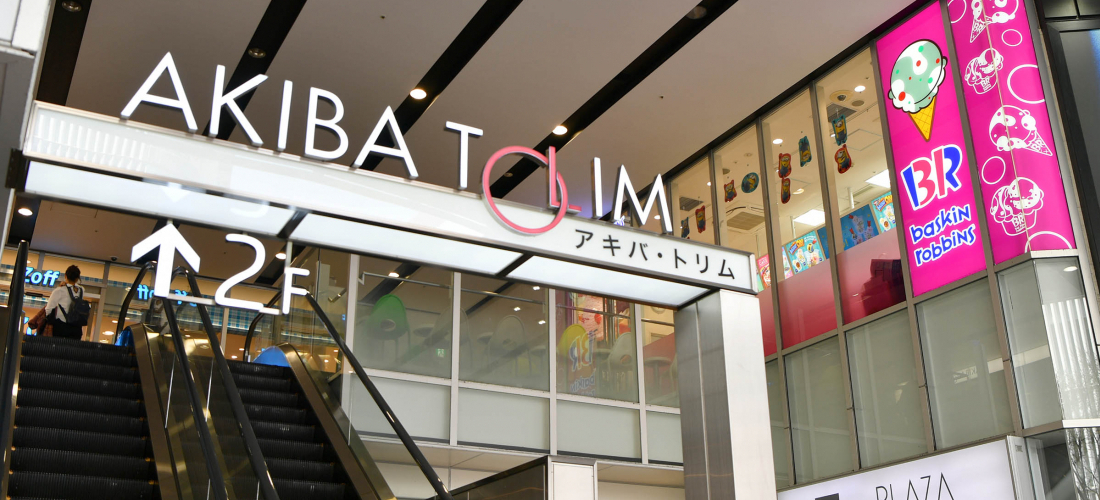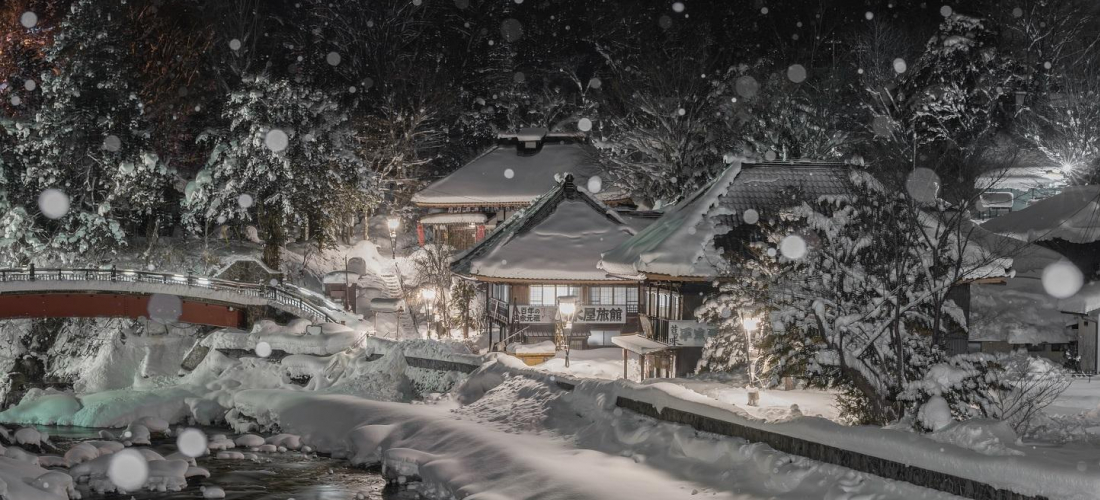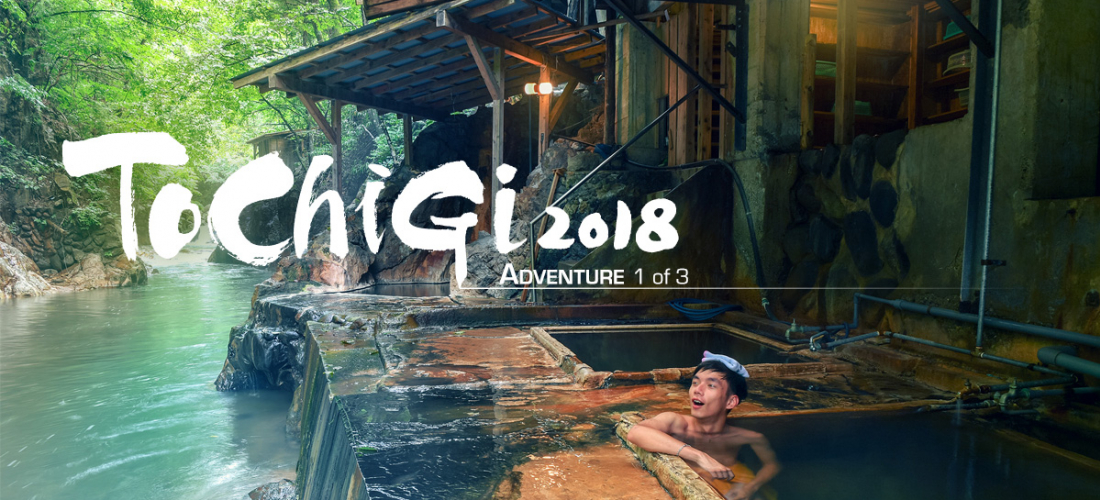
Earlier this summer we introduced a series of zoos in Nasu, Tochigi Prefecture that allowed you to get close and personal to the animals. This time JAPANKURU went back to Tochigi, but this time went to the northern part of the prefecture including some well-known areas like Nikko and Nasu, along with places we have never heard of before now. There we visited many cool sightseeing spots, including a good place to for the autumn foliage, one of a kind hot springs, a hidden Japanese temple for meditation, and more. Read further for more information on our experience and for some tips of places to visit on your next trip!
The north of Tochigi, which is about a two hour drive from Tokyo, consists of 14 cities and 11 towns (in 5 districts) which include the famous World Heritage Site city Nikko, Nasu-Shiobara, Otawara, and Nasu. This area is surrounded by wide mountain ranges and beautiful rivers, creating a rich natural landscape in the northern part of Tochigi. Tochigi's nature plays a big part in what it is famous for; hot springs, local sake, dairy products, strawberries, and Wagyu beef.
(日光)
When it comes to sightseeing in Tochigi, it is easy to say that most people start with Nikko. After all, there are the famous World Heritage sites like the Nikko Toshogu Shrine (東照宮) and Rinnoji Temple (輪王寺), the beautiful scenery of Lake Chuzenji (中禅寺湖), along with an array of waterfalls and historical museums. Due to the high mountain terrain, it is also a good place to escape from the heat that you may experience in Tokyo. In the autumn, there are more red leaves waiting for you. If you have already visited these classic Nikko spots, then allow us to show a different side of Nikko, introducing places that you may not have thought about going to before now.
Summer rafting is a cool choice, and it is close to the Kinugawa Onsen Station making it easy to access. There is a canoe ride along Kinugawa River, which takes you right into the middle of Kinugawa, Nikko's nature. The canoe ride is a shared system where everyone wears a life jacket and is normally full of passengers. Kinugawa River was active enough to get a little bit splashed here and there while reaching high speeds, but it is safe enough for children 4 and older. Along the trial are rocks and boulders that have some interesting names due to what they resemble. We went towards the end of the summer and it was so beautiful being around all the greenery. Next time we would like to go again during the fall or in April for the cherry blossoms!

Google Maps
4mins walk from Kinugawa Onsen Station




Those who are interested in Japanese-style old houses or history, if you come to Nikko, it is very recommended to go to the Nikko Tamozawa Imperial Villa Memorial Park. It is even ranked #2 on TripAdvisor for "Things to do in Nikko!" Yet this was our first time visiting! The old villa has a real remote and serene feeling, being surrounded by many tall trees as if were inside a park. Having 106 rooms, this villa blends Japan's Edo and Meiji era's architecture and design. Build in 1899 (during Meiji), it was originally made for serving the shogun family, Tokugawa clan, in Tokyo then later became a place for the imperial family. It was finally used as a resting place for Emperor Taisho, the current emperor's grandfather (Hirohito's father) and it was expanded and rebuilt several times to become what it is today. As you walk around the villa you will see and learn all sorts of hidden facts about Japanese culture. For instance, above most doorways and some hallways is a "kugikakushi" (nail head covers), with marks of the imperial chrysanthemum on them. These kugikakushi are available in different colors/metal types as not only a design but a notice of what rank of people are allowed in that area of the villa. As you would imagine, the more gorgeous and gold, the more elite you had to be to enter.
Nikko Tamozawa Imperial Villa Memorial Park (田母沢御用邸記念公園)
Google Maps
Taking the Tobu Bus "Tamozawa Imperial Villa Memorial Park" stop, 1 minute on foot

November~March: 9am~4:30pm (tickets stop being sold at 4pm)


When you go to the more original areas of the villa when it was still in Tokyo and owned by the Tokugawa clan, you may notice that the interior design changes and chrysanthemum marks turn to a Japanese plum blossom. Which was the Tokugawa clan's mark. Therefore, in this villa, you will see so many different characteristics of the Japanese imperial residence in the Taisho period (1912-1926), but you can also see the structural features of the Edo to Meiji periods in Japan.
The observatory built a plateau with a height of 4504ft (1373m) in just 3 minutes by the Akechidaira Ropeway. There you get the most beautiful panoramic view of great scenes like Lake Chuzenji Lake (中禅寺湖), Kegon Falls (華厳の滝), and Mount Nantai (男体山).
Akechidaira Ropeway (明智平ローブウェイ)
Google Maps
Take the bus going towards Yumoto Onsen or Chuzenji Onsen
(Bus route info in English here!)



Child – 200yen (370yen roundtrip)

There are many people in Japan who love trains and many foreigner who love Japanese trains! So it is no surprise that a steam locomotive in Nikko would be one of the most popular sightseeing attractions. In order to promote local tourism, they are celebrating the 120th anniversary of its first operation. Tobu Railway revived the steam engine last year (2017), and it has been running for the first year. Starting from Kinugawa Onsen Station, it runs through there and other areas of Nikko. Buy an "ekiben" (station lunch box) before getting on the train and enjoy the ride! A man in a conductors uniform will pass by selling commemorative pictures as well as a women wearing a kimono handing out limited postcards.

Tickets can be purchased at Kinugawa Onsen Station or the Tobu Tourist Information Center Asakusa on the 1F of Asakusa Station

After getting off the SL Taijyu at Shimo-Imaichi Station, you can go to the nearby cafe that is particularly famous for its cafe art but we came for something else! The shaved ice ("kakigori"; かき氷) they sell here is not made with just any sort of ice. They used a very old method of picking natural ice that is "cultivated" in Nikko. Not only that, they shaved ice here is massive and comes in all sorts of flavors! If you're looking for a good quick bite, this place is worth stopping by.
Opening in 1873 and existing as a registered National Heritage of Japan, Kanaya Hotel is the oldest western style hotel in Japan! This hotel is special and unique in the sense that it ran all through Meiji, Taisho, Showa, and Heisei periods!
After the Meiji Restoration, everything in Japan was greatly different. Many foreign travelers had difficulties finding places to stay overnight, especially in Nikko. It was then a Japanese man by the name Zenichiro Kanaya invited a Dr. Hepburn to stay with them, and the talk of opening a hotel for travelers began!
Many worldwide famous people have stayed at the hotel. Such as Gandhi, First Lady Eleanor Roosevelt, American aviator Charles Lindbergh, etc. What surprised us the most was Albert Einstein and Helen Keller!!! You can even stay in the same room that they were in! There is a good blend of both Japanese and Western culture throughout the hotel. Along with fixtures and even dishes savoring its 100 years of history.
Kanaya Hotel (金谷ホテル)
Google Maps
Tobu Nikko Station Jingu Hotel Shuttle Bus
Kanaya Hotel Shuttle Bus info here!

(那須塩原市)
Located on the fan-shaped ground in the northern section of the Kanto Plain, the city of Nasushiobara consists of terraces and mountains, and many rivers flowing through it. In such a place, the ancient hot spring town has been famous for hundreds of years, and the hot spring resources are abundant and diverse. If you don't know which hot spring to choose from, then take a look at some of the bathhouses we visited.
When it comes to Japanese hot springs, we personally think the best ones are the open-air hot springs. Being able to heal the body in an open space truly refreshes the soul. Myogaya Honkan is not your regular open-air hot spring though. With a history of more than 300 years, the hot springs here are multi-sex bath and what is more is that it is right along a river! Swimming in the river technically is not allowed, but apparently many people do! And once going here we can totally understand why you would want to!
Myogaya Honkan (明賀屋本館)
Google Maps
From Nasushiobara Station take the bus to Shiogama (塩釜)

This is one foot bath that we could get used to! Different from other "ashiyu" (足湯) that are small little foot bath areas in front of a station, this one is inside a beautiful architectural structure of a wooden ring. You can choose to just sit there if you like, but personally, we think that is no fun! The ring-shaped foot bath hot spring is 196ft (60m) long, which contains four kinds of spring water and different temperatures on each side. Also, along the bottom of the bath are stones. Along with the temperature, each section has different size and layout of rocks to achieve different degrees of foot healing effect.
Yuppo no Sato (湯っ歩の里)
Google Maps

April 1~Nov. 30: 9am~6pm
Closed every Thursday

For those wanting to travel economically, there is a neat guesthouse in Nasushiobara. Combining local agricultural products and coffee shops with a sharehouse, "Chus" hopes to become a stronghold for travelers to start their trip enjoying Nasu's rich and natural atmosphere.
The second and third floors of the building is the guest house rooms and an open common space. Chus's room types are also quite diverse, with bunk beds, single rooms, and double rooms to choose from. Everything is quite natural and simple with the main concept of white and wood.
Chus
Google Maps
Kuroiso Station 10 minutes on foot

Closed the second Thursday of each month

(那須町)
Located in the northeastern part of Tochigi, Nasu-machi is bordered Nasushiobara. Like Nasushiobara, there are many hot springs however Nasu is a bit more famous. Also, due to a lot of farms, Nasu's dairy products are out of this world! In fact, many people are not aware but Nasu's dairy products are ranked #2 in popularity and quality (Hokkaido being #1). Which makes Nasu a great place to try naturally raised and made food.
Josephine cafe uses everything that is self-grown.
They also take berries and turn them into jams, and their milk produced on the farm is made into a super-rich yogurt, milk, and cheese which is combined into a series of healthy fresh and delicious desserts.
You can buy their fruit, veggies, jams, etc. if you like,
but we came for something sweeter.
The store's top recommendation, "Josephine's Parfait" is rich and creamy,
everything just melts in your mouth.
Easily the best parfait we have ever had.
We also tried the Yogurt Blueberry Toast which also surpassed our expectations.
Josephine Farm(ジョセフィンファーム)
Google Maps

Closed on Tuesday's

ROSSI is a gelato shop that offers more than 30 different flavors of ice cream, and depending on the season, they increase that amount to add flavors that they believe go with the season. Guests can choose several combinations of flavors according to their preferences, the most popular their strawberry flavors.
ROSSI
Google Maps

Closed on Tuesday's

Driving along we saw some cows and an ice cream store right nearby so we decided to stop by. There were so many cars in the parking lot and people inside the store. The classic milk flavor was sold out, so we had the second most popular cream cheese flavor. The sweetness balanced so well with the cheesey taste, that it won praise among the JAPANKURU team members!
Ice Kobo Momoi (アイス工房 ももい)
Google Maps

Closed on Wednesday's

Our last ice cream stop was at Minamigaoka Dairy which is like a ranch where you can go horseback riding, pet farm animals, churn butter, and more. We were told that the ice cream here has the richest taste so we were curious to see how it compared to the others. You can get your ice cream from the ice cream stand labeled "soft cream" (ソフトクリーム) right next to the bread store. Just go into the main entrance from the parking lot and it will be the first building to your right. We tried both their premium vanilla (500yen) and limited flavor peach (380yen). Holy moly!! Never have we tasted anything like this before. The creamy richness reminded us of eating freshly handmade ice cream. We definitely felt like we could eat this ice cream for days.
Minamigaoka Dairy (南ヶ丘牧場)
Google Maps


(大田原市)
Heading south from Nasushiobara, you will reach Otawara City. It was ruled under the Otawara clan for over 200 years who then pledged allegiance to the Tokugawa clan as a part of one of Japan's biggest battles, the Battle of Sekigahara. In the city, there is the ancient temple "Daioji Temple", which is famous for being a place for zen. This time we went to the Zen temple where we tried a traditional way of meditation then saw the cool traditional way of catching fish in the river.
Daioji Temple (大雄寺), is up through the mountains and surrounded with moss, trees, bushes, making it look like it was something from a Studio Ghibli movie. The temple was originally built in 1404, and the quaint earthen thatched roofs allow people to visit and see the same scenery that the samurai and monks saw hundreds of years ago. But the most special thing is that in addition to the visit, you can make an appointment for a traditional Buddhist meditation session. If the mind is restless or you start dozing off during the meditation, the master will take a cedar stick that looks like a ruler and POP! A little snap on your shoulder (this is on request though, you can refuse).
When eating Japanese food, there are so many different fish involved that it may be hard to keep track of what's what. The very common sweetfish is actually one of the famous dishes in Japanese food, but we never thought them to be anything special. A Tochigi river, the Nagawa River, is said to be the river with the highest production of sweetfish in Japan. Along that river, on the northeast side of Tochigi you will come across a riverside restaurant that has a history of more than 300 years. There you can see a whole new side of fishing that was built on the Nakagawa River.
Rather than using a fishing pole, or throwing a net into the stream, you stand on a giant bamboo platform which is used to catch fish the naturally swimming downstream. Standing on the bamboo frame in the middle of a busy river can be a bit nerve wracking but it is such a cool experience! In addition to catching fish, the restaurant prepares the sweetfish in all sorts of traditional ways. In order to protect the species from going extinct, especially during the summer which is the peak season, the fishing area is closed every Tuesday, but you can still go to the restaurant and eat there.
Kurobane Kankoyana (黒羽観光やな)
Google Maps
From Nasushiobara Station or Nishi-Nasano Station, take the bus to "Kurashinokan" (くらしの館) or "Kuroha Branch" (黒羽出張所)


(那珂川町)
The town named after Nakagawa has a beautiful natural scenery and is a good place for many fishermen to fish. This place is also home to a number of cultural attractions, ideal for students who like art and just walking around having a real laidback time.
Tochigi Prefecture's government invited the famous Japanese architect Kengo Kuma to design eight public buildings in the prefecture. Among them, the Nakagawa-Machi Bato Hiroshige Art of Museum in Nakagawa is one of them. Combining traditional art with modern architectural design to create a minimalist and airy look.
Nakagawa-Machi Bato Hiroshige Art of Museum (馬頭広重美術館)
Google Maps


Within the museum, there is also a coffee shop and gallery "JOZO Café / Gallery Snow Moon Flower". Here you can enjoy delicious and refreshing soba noodles, curry rice, and dango, as well as a variety of special dishes. The gallery shows and sells unique pottery utensils from all over Japan. There are times the gallery is open but not the restaurant, so be careful and check the time before you go.
JOZO Cafe (JOZO Café / Gallery雪月花)
Google Maps

Most Japanese have heard of Kazuo Iwamura and his "14 mice" children's books series but this was the first time for us. In Nakagawa-machi, there is a Kazuo Iwamura museum up in the mountains. There you can see a lot of his original work but also learn a bit more about the stories he wrote. There was also a world map showing you which works have been translated into each country. We were surprised to so a 9 of his work was translated and sold in America, but sadly the only one we recognized was the collaboration done with Eric Carle "Where are you going? To see my friend!" Pictures are not allowed but it really is a cute place to learn about Japan's book culture.
Iwamurakazuoehonnooka Museum (いわむらかずお絵本の丘美术馆)
Google Maps


(那須烏山市)
Nasukarasuyama is most famous for the Yama'age Festival (山あげ祭り) designated as an important intangible folk culture of Japan. Located in the middle east of Tochigi, there is an ancient legend there that deals with the famous three-legged crow. It is said that a military commander was searching for a place to build the famous Karasuyama Castle (烏山城) on the mountains but then suddenly saw a three-legged crow flow by. He was curious to where the crow was going, so the man followed to the bird. The place where they ended is the place it was decided to build this great castle.
If you want to know more about the legend of the crow in Nasukarasuyama along with the famous Yama'age Festival, then you should check out this cool museum Yama'age Kaikan (山あげ会館). The museum not only displays the gorgeous omikoshi (portable shrines) and props that are used at the festival, but also the super-realistic robots and mini stage with an amazing explanation/show of what the festival is like. It was the perfect display of Japanese creativity. In addition to the dynamic performances, there is also more information and displays about the festival as well as local souvenirs.
Yama'age Kaikan (山あげ会館)
Google Maps

Closed every public holiday and Tuesday

Japanese fruit is so good but it costs a ridiculous amount for just a small amount. However, when you come to Nasukarasuyama City, there are some orchards worth visiting. In addition to the most famous strawberry gardens in the city, there are also grapes, peaches, and apples that you can come and pick! The Watanabe Field that we visited this time does not allow you to pick the grapes yourself, but if you spend only 100 yen, we can get a full plate of grapes to try. From there if you would like to buy a bundle, you can.
Watanabe Vineyard (渡辺ぶどう園)
Google Maps
Suitable for the season: mid-August to early October
(さくら市)
Sakura City is in the middle of Tochigi, and it is named after the cherry blossoms that can be seen throughout the city. Besides tons of places to see beautiful cherry blossoms, there are also a lot of hot springs, most of which are said to not only help you feel relaxed but to "become more beautiful!" Coming to the last stop of our journey, we are going to end it with a very special hot spring and area rest stop.
Although there are no mountains and volcanoes nearby, there are still some sulfur hot springs like Kitsuregawa Sotome Onsen. What is cool about this hot spring is due to a chemical reaction, the water changes colors throughout the day also as weather changes. Sometimes it is emerald green, other times it is a more pale color. Since the owners are cat people, there are nearly 20 cats in the vicinity of the hot spring, so when resting in the semi-open-air hot spring bath, there is a high chance you will see cats wandering through! We have never seen a hot spring's water naturally change before, so we were really happy to find this treasure.
Kitsuregawa Sotome Onsen (喜連川早乙女温泉)
Google Maps

Closed on Thursday's (except national holidays)

Before heading back to Tokyo, we stopped by Kiretsugawa Rest Area (道の駅喜連川). We were impressed to find all sorts of famous products and goods from all around Tochigi Prefecture sold here. So if you want to have a look around at what sort of things are famous here, or if you realized you did not get any souvenir to bring back home, it is a cool place to kill some time before the drive back home. In addition to shopping, the rest station also has a foot bath and hot springs.
Kiretsugawa Rest Area (道の駅喜連川)
Google Maps

Closed every second and fourth Monday (excluding national holidays)

For more interesting topics,
Be sure to look at JAPANKURU
Or add us on Instagram and Facebook to share your Japanese pictures
COMMENT
FEATURED MEDIA
VIEW MOREMAP OF JAPAN
SEARCH BY REGION

LATEST
VIEW MOREEVENT CALENDAR
VIEW MOREMOST POPULAR
 Tokyo Winter Recommendation: Don’t Miss Tokyo Mega Illumination, Japan’s #1 Light Show
Tokyo Winter Recommendation: Don’t Miss Tokyo Mega Illumination, Japan’s #1 Light Show ป้ายยาสินค้าน่าซื้อในร้านขายยาญี่ปุ่น | KOWA ผลิตภัณฑ์เพื่อสุขภาพสำหรับคนยุคใหม่
ป้ายยาสินค้าน่าซื้อในร้านขายยาญี่ปุ่น | KOWA ผลิตภัณฑ์เพื่อสุขภาพสำหรับคนยุคใหม่ Okinawa Family Road Trip: Japanese Glasses Shopping at San-A Urasoe West Coast PARCO CITY, Discount Coupons, & Okinawa Sightseeing with JINS
Okinawa Family Road Trip: Japanese Glasses Shopping at San-A Urasoe West Coast PARCO CITY, Discount Coupons, & Okinawa Sightseeing with JINS

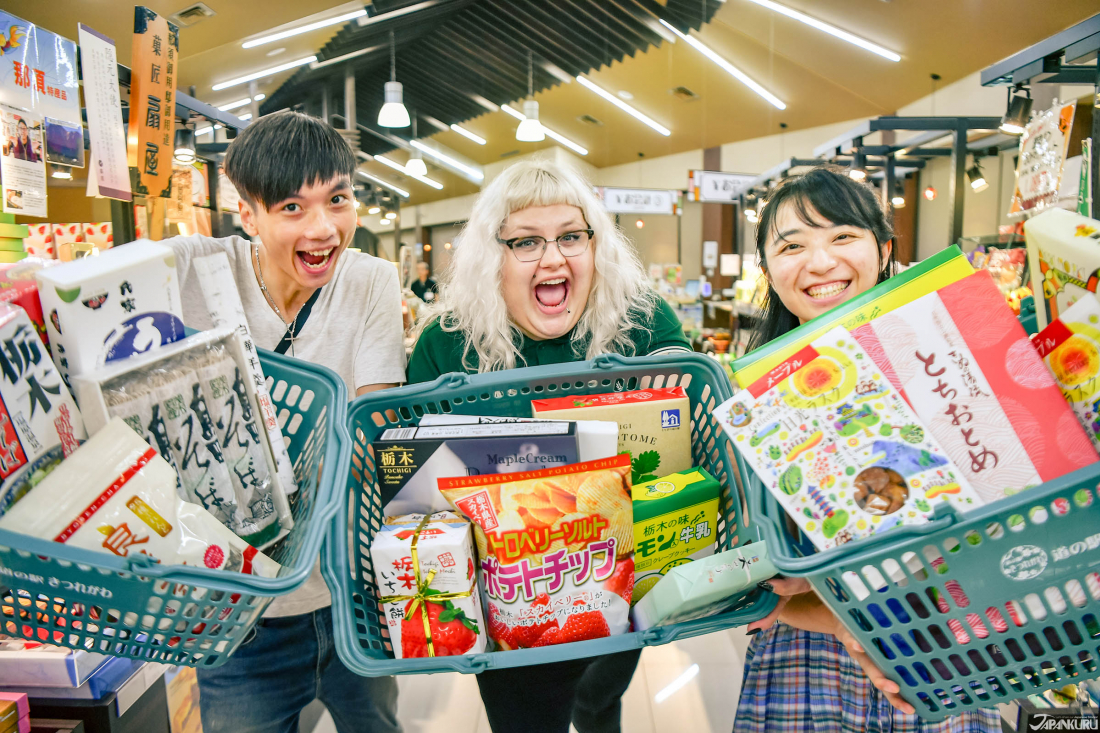

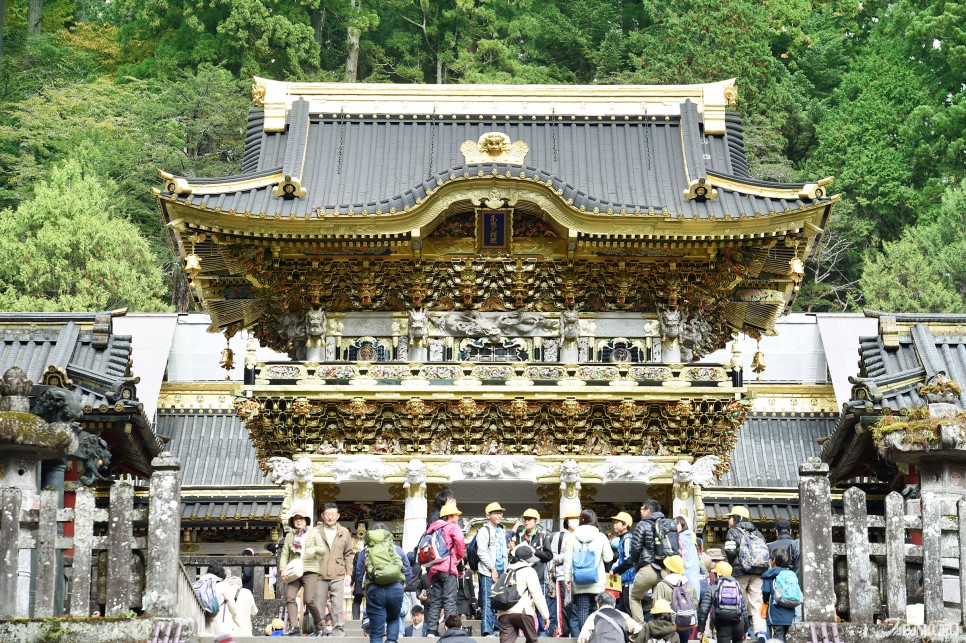
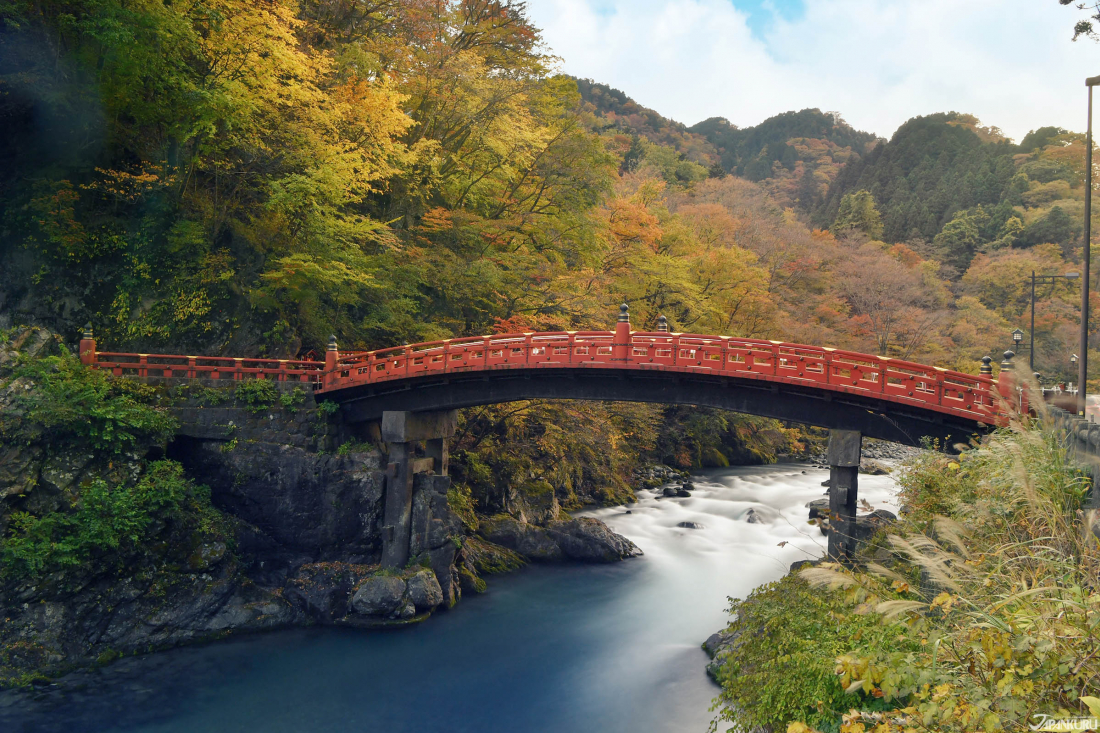



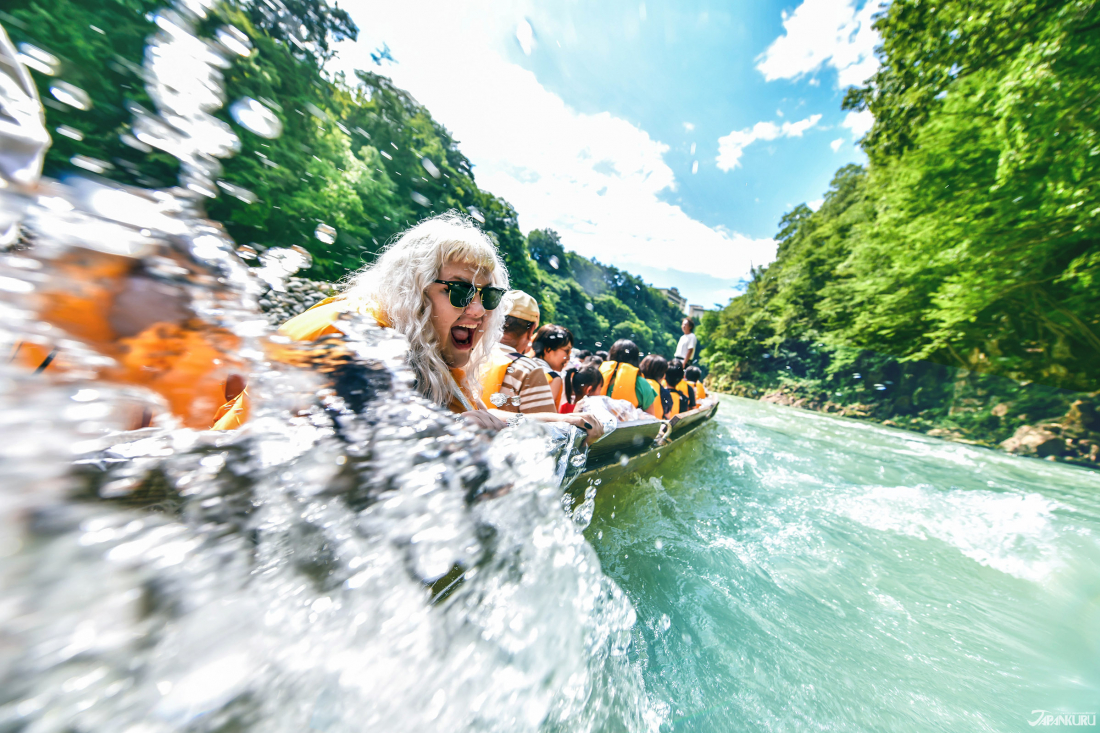
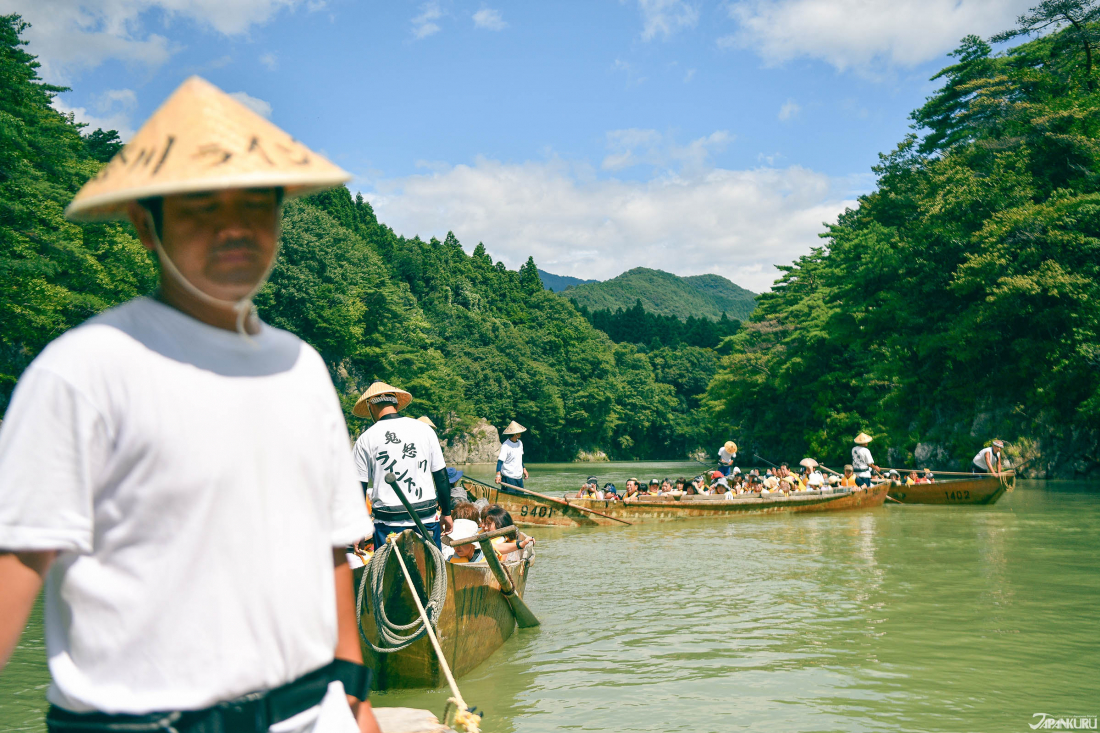

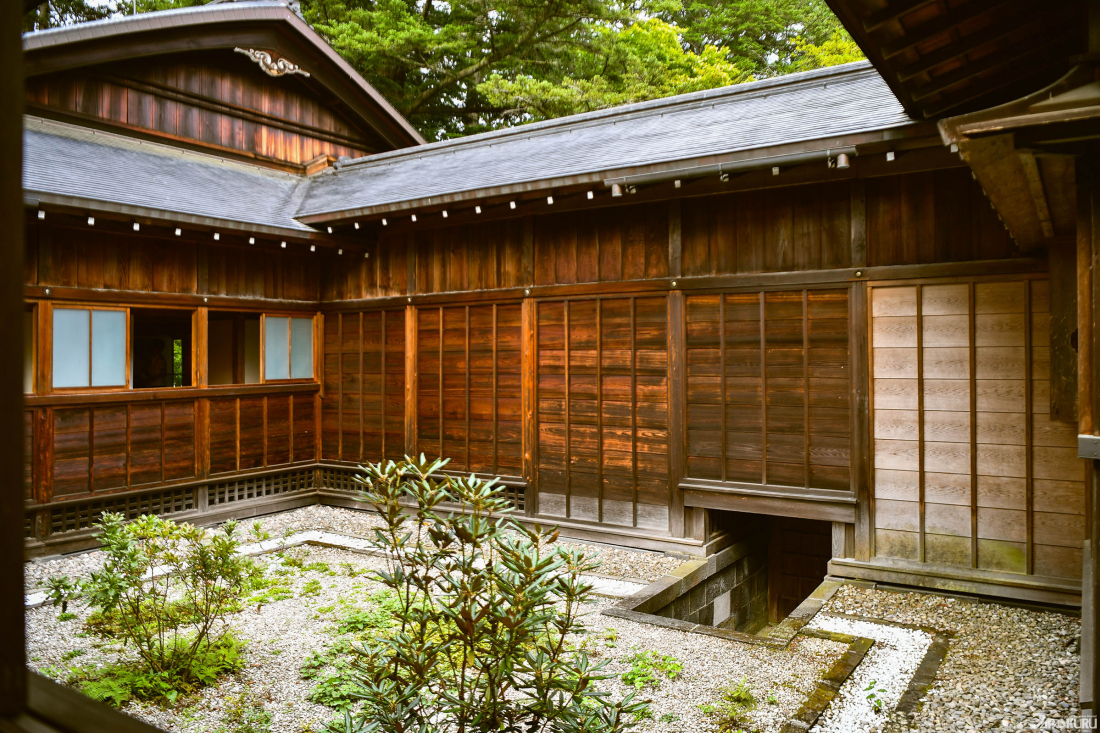

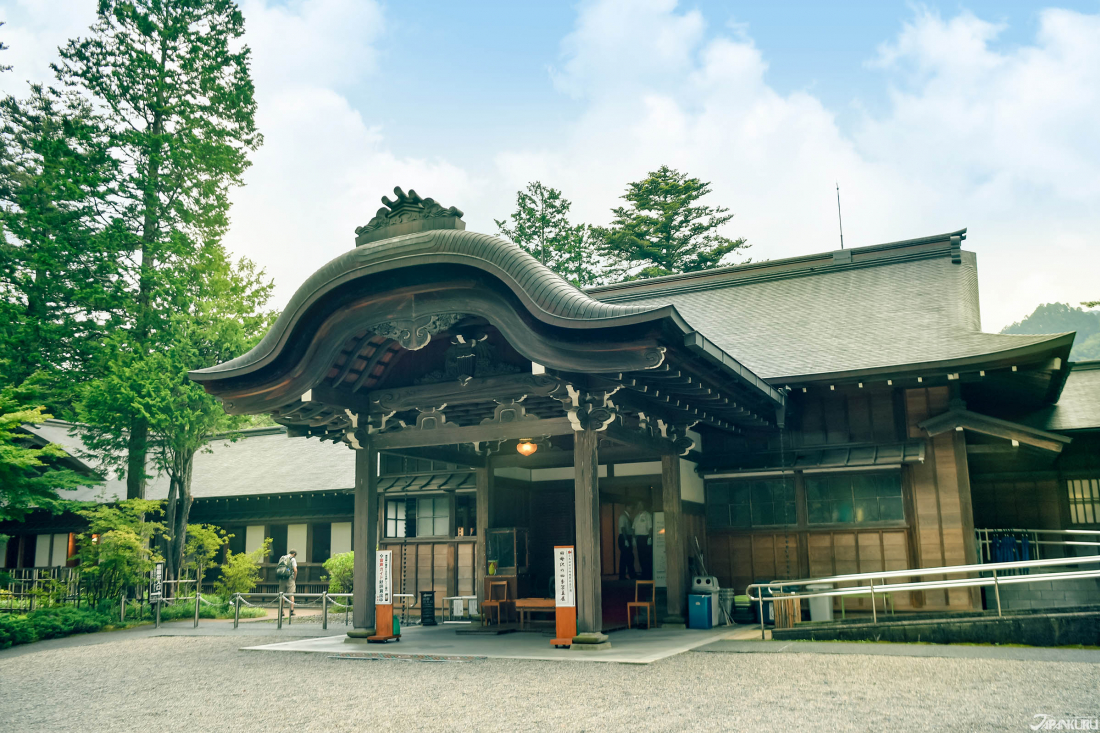


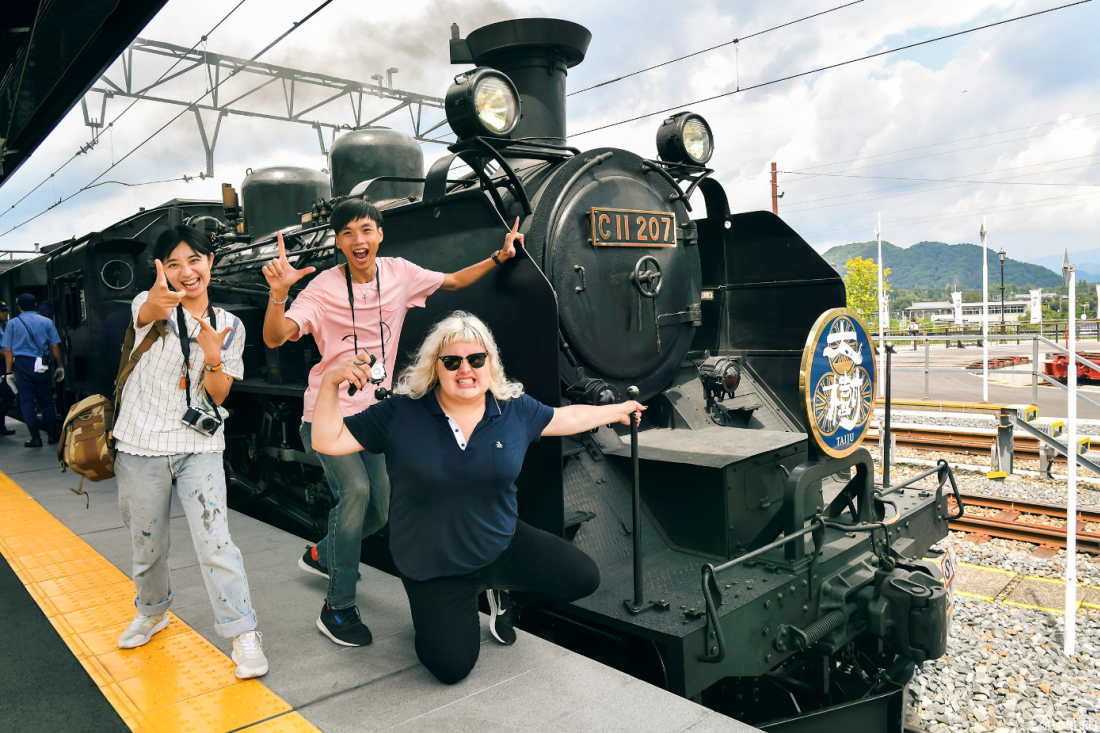
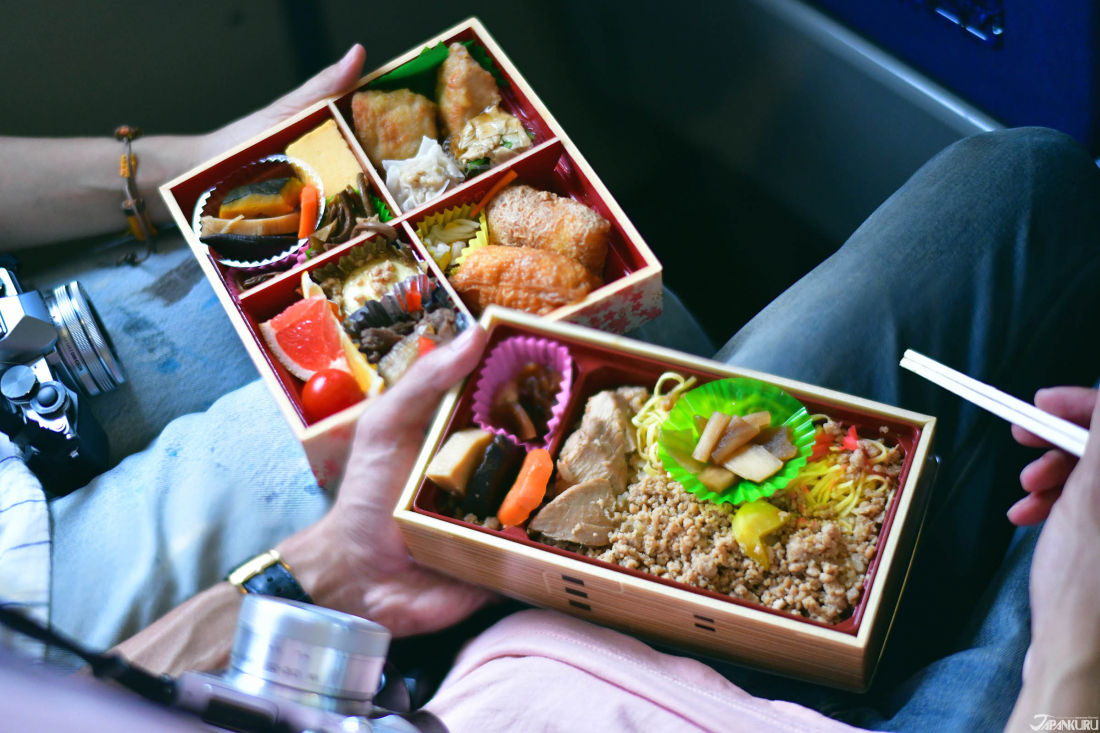



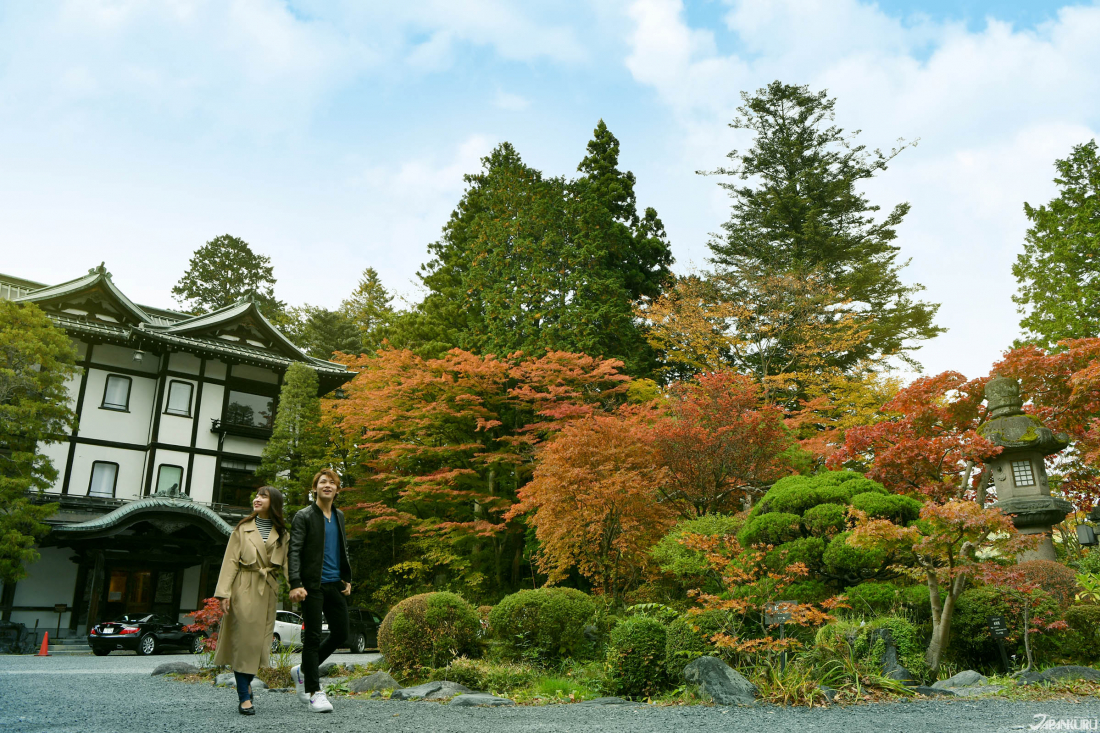
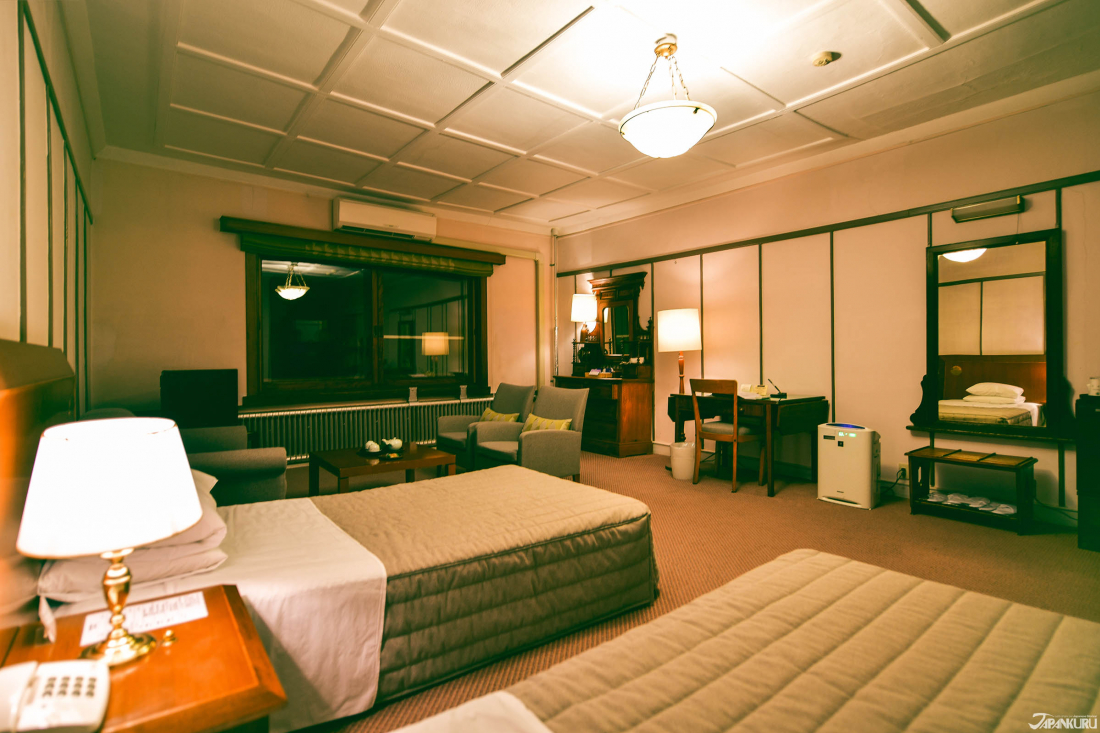
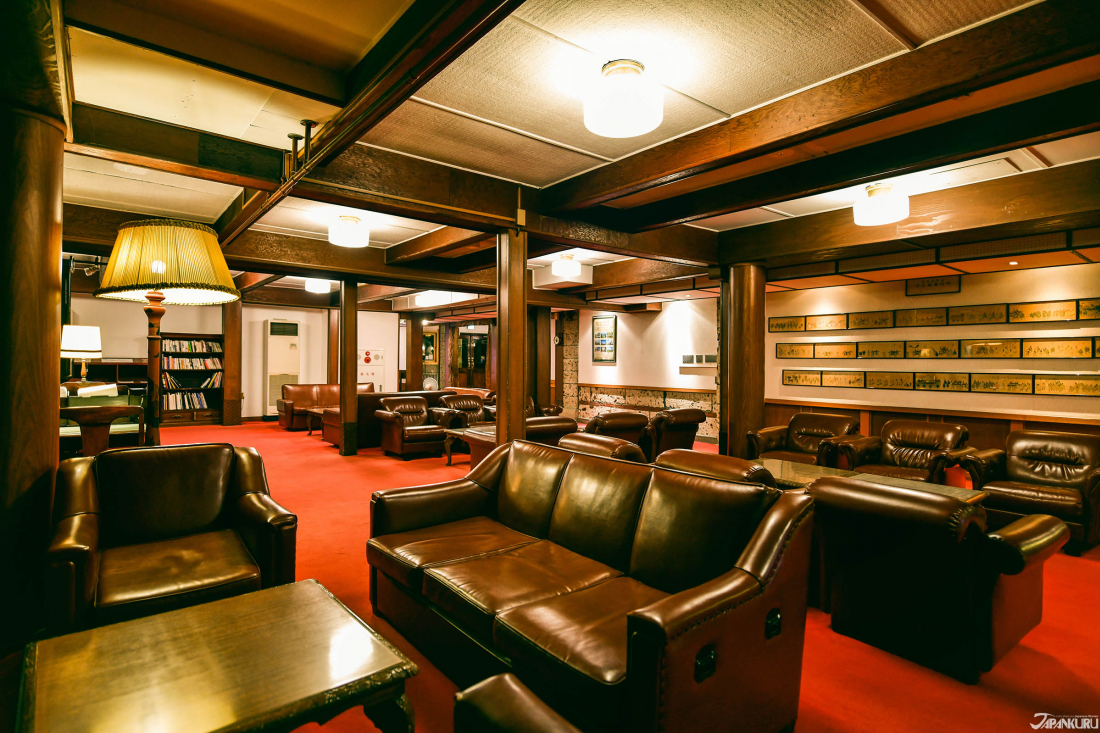
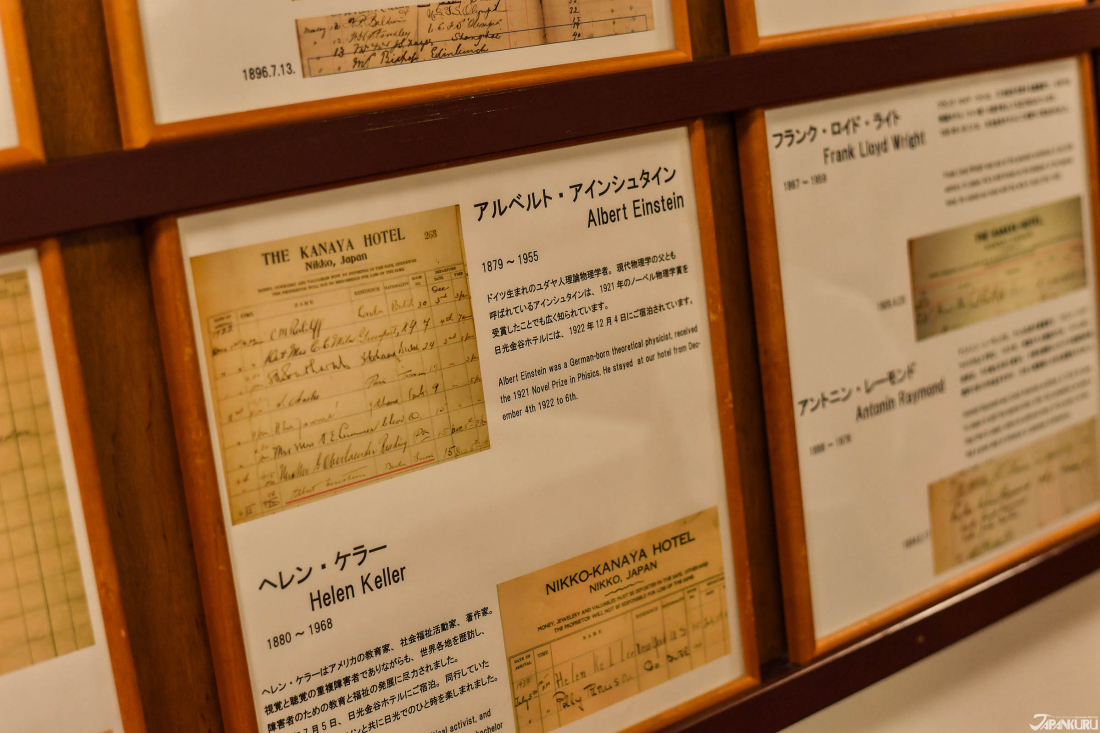
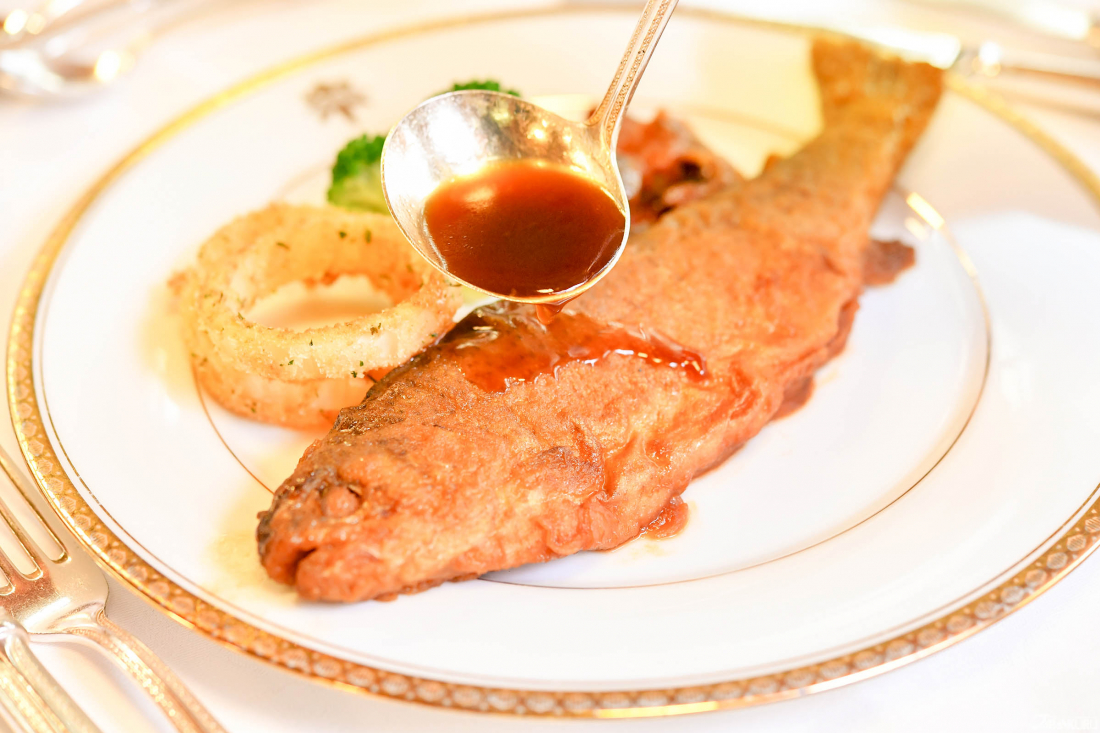

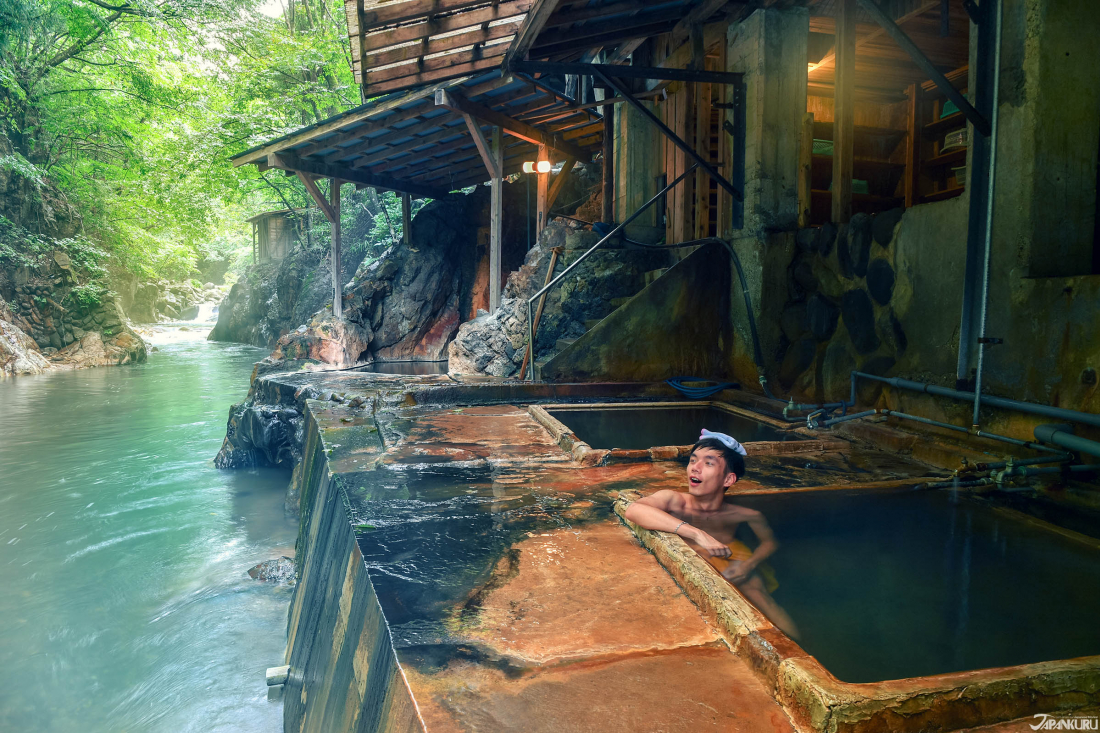

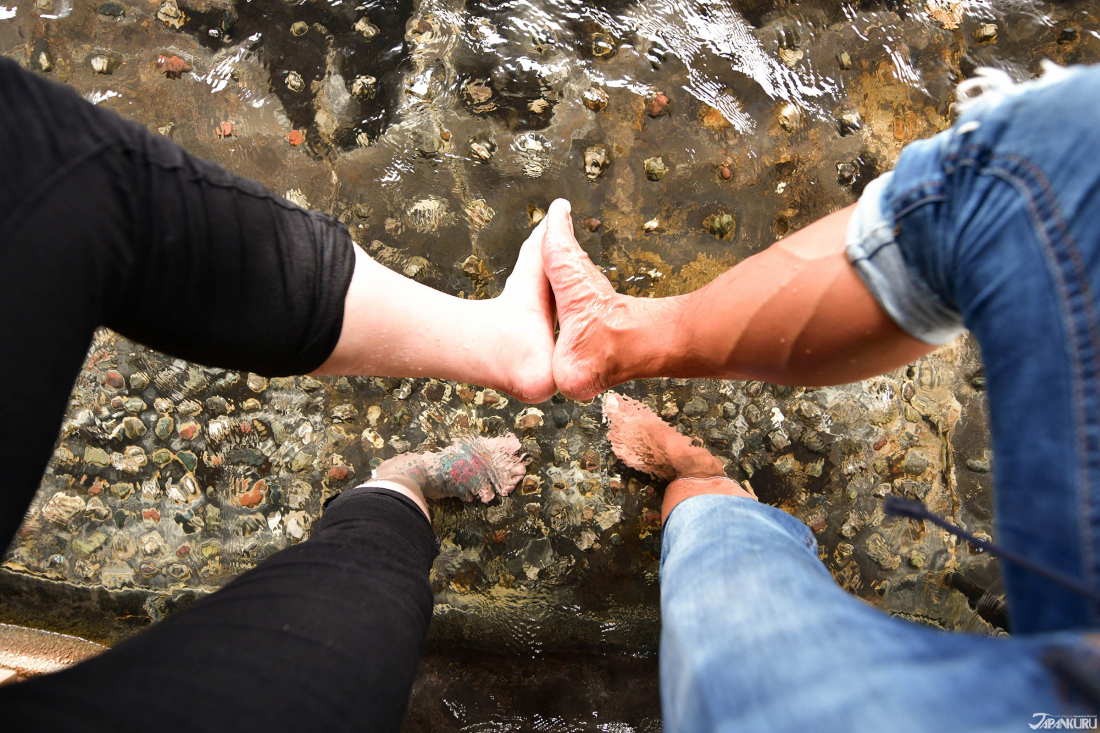



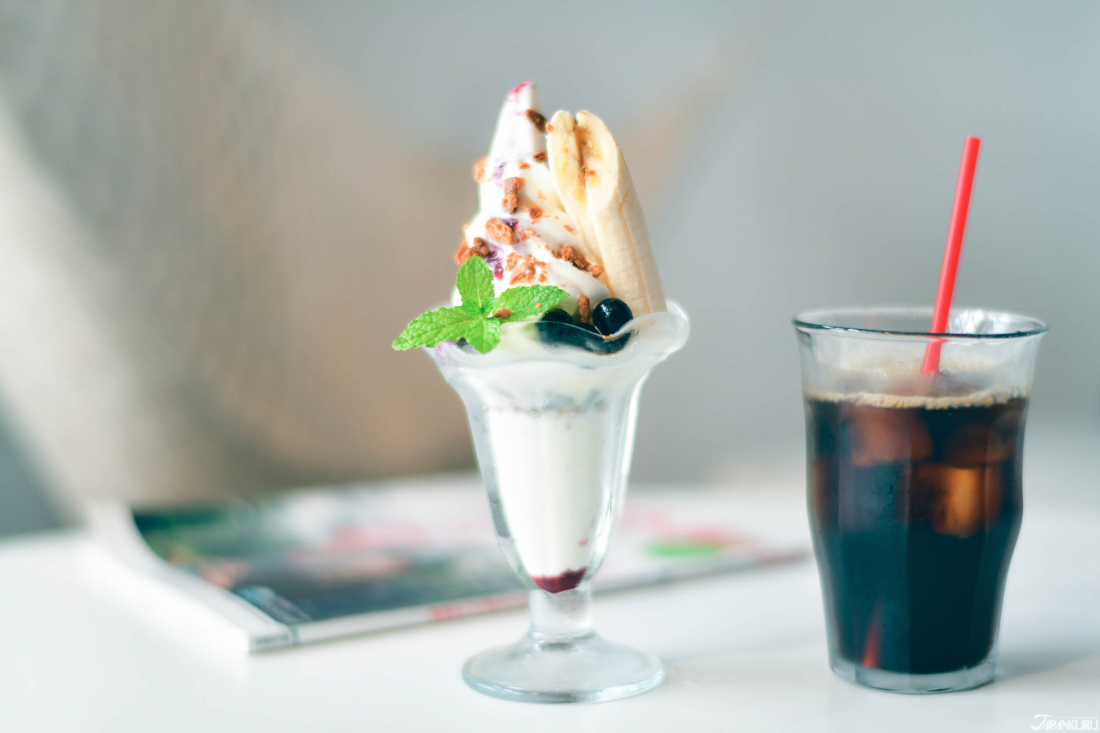


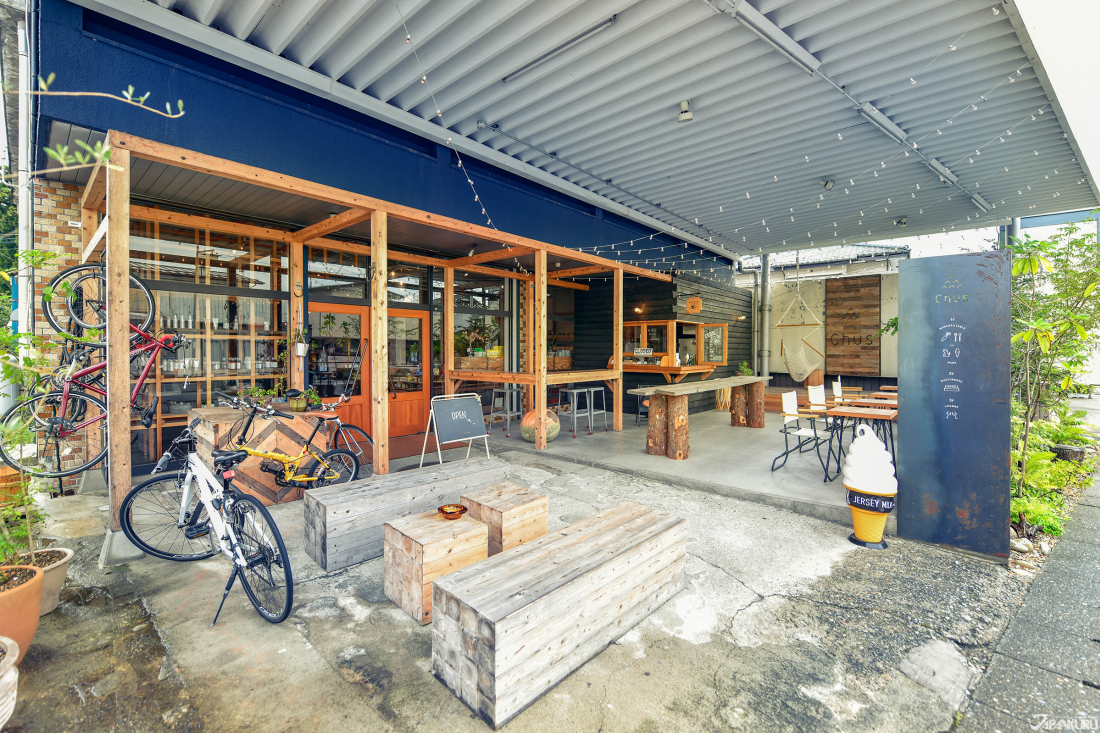



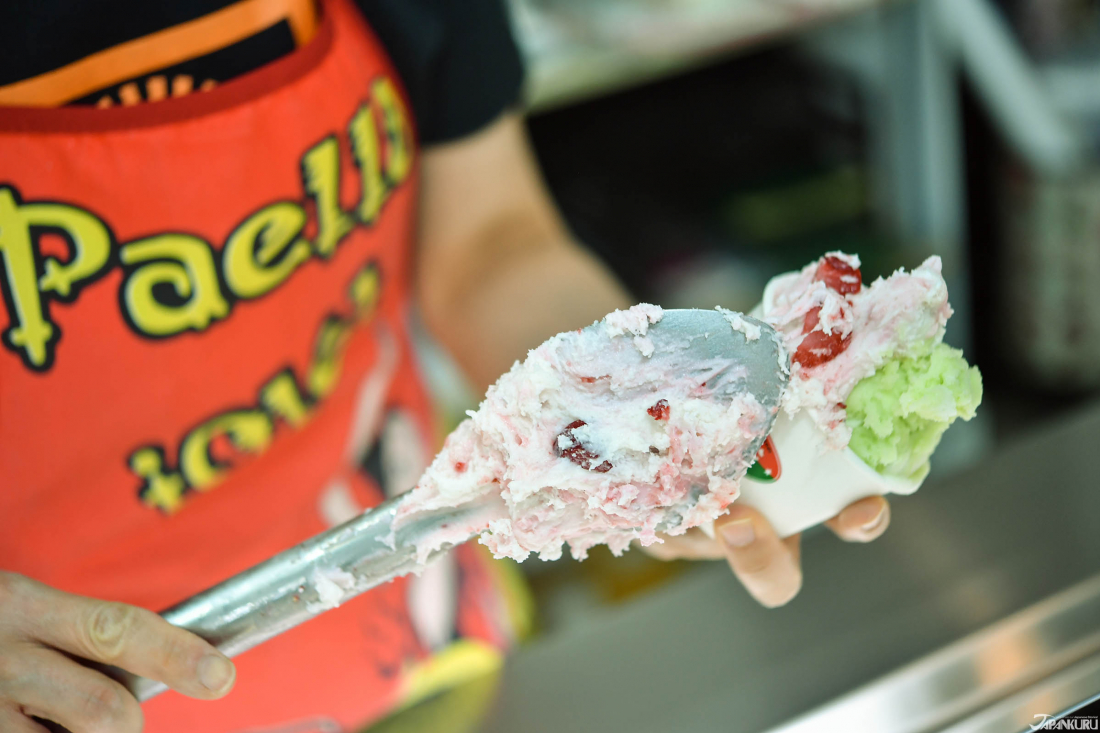

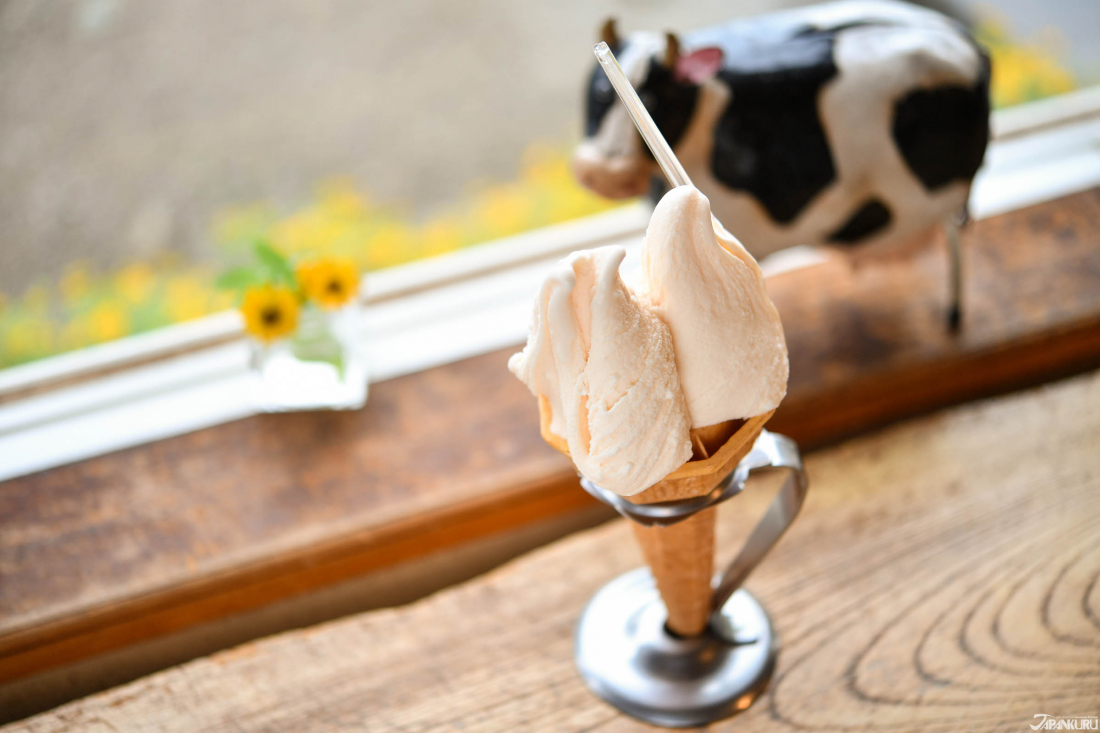
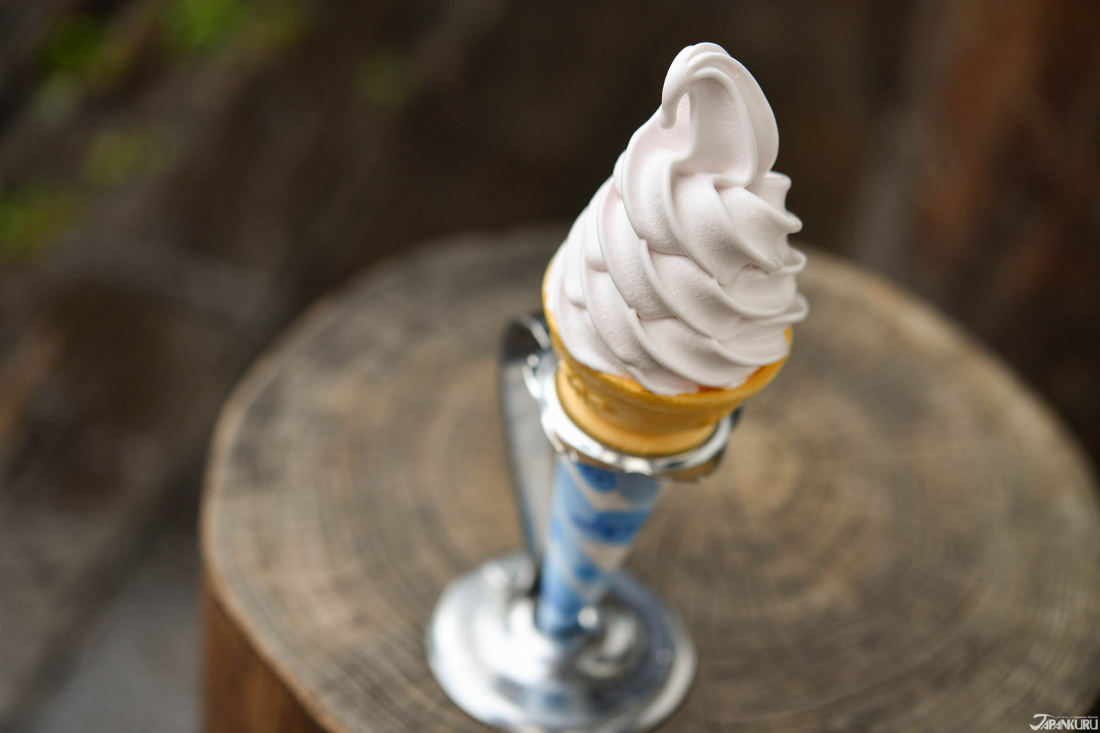
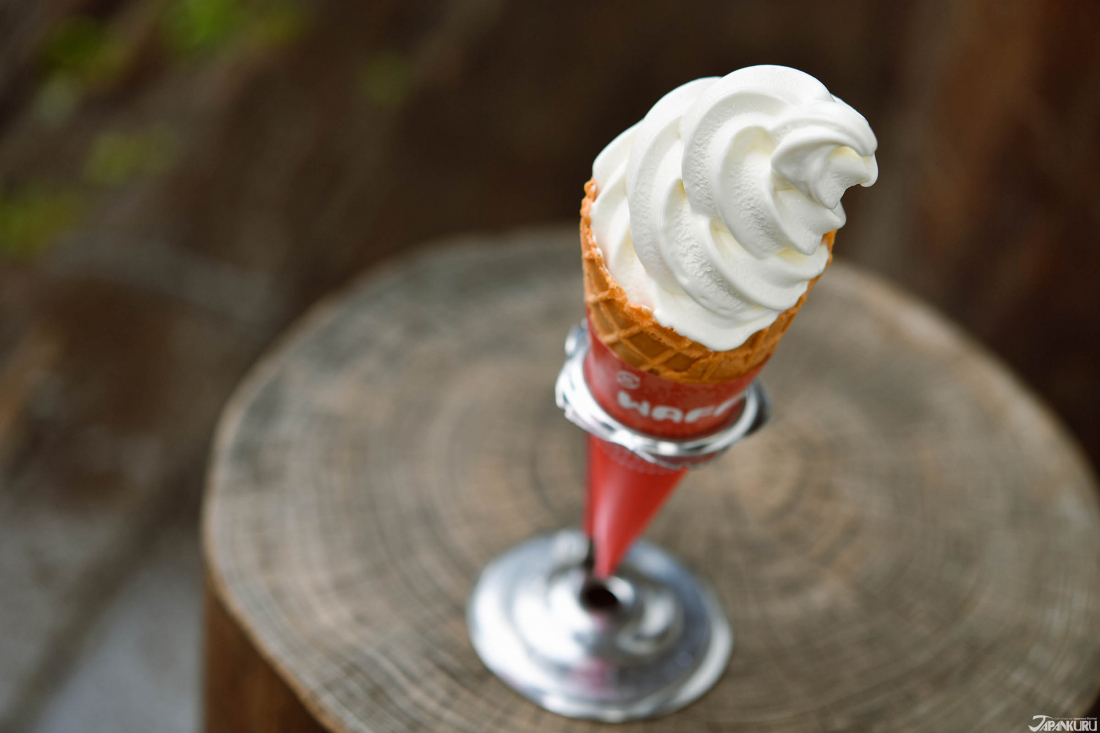
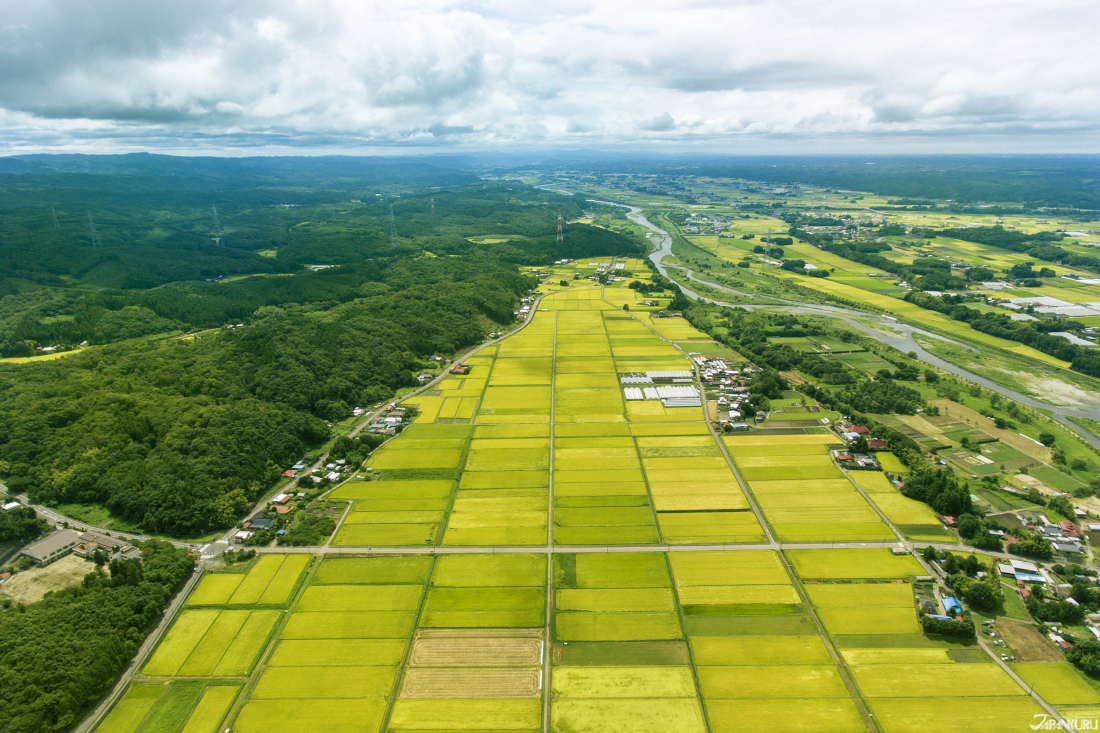
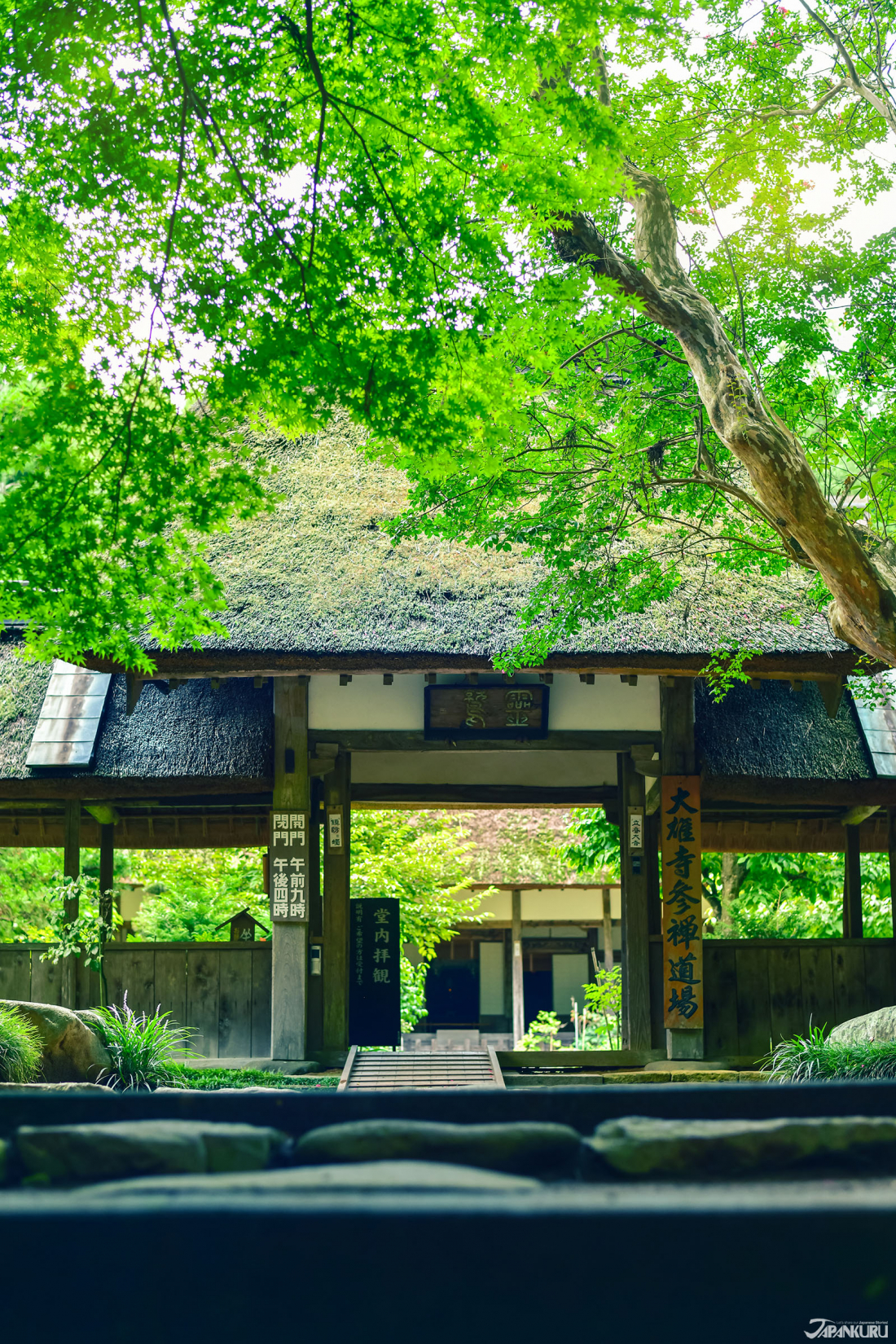


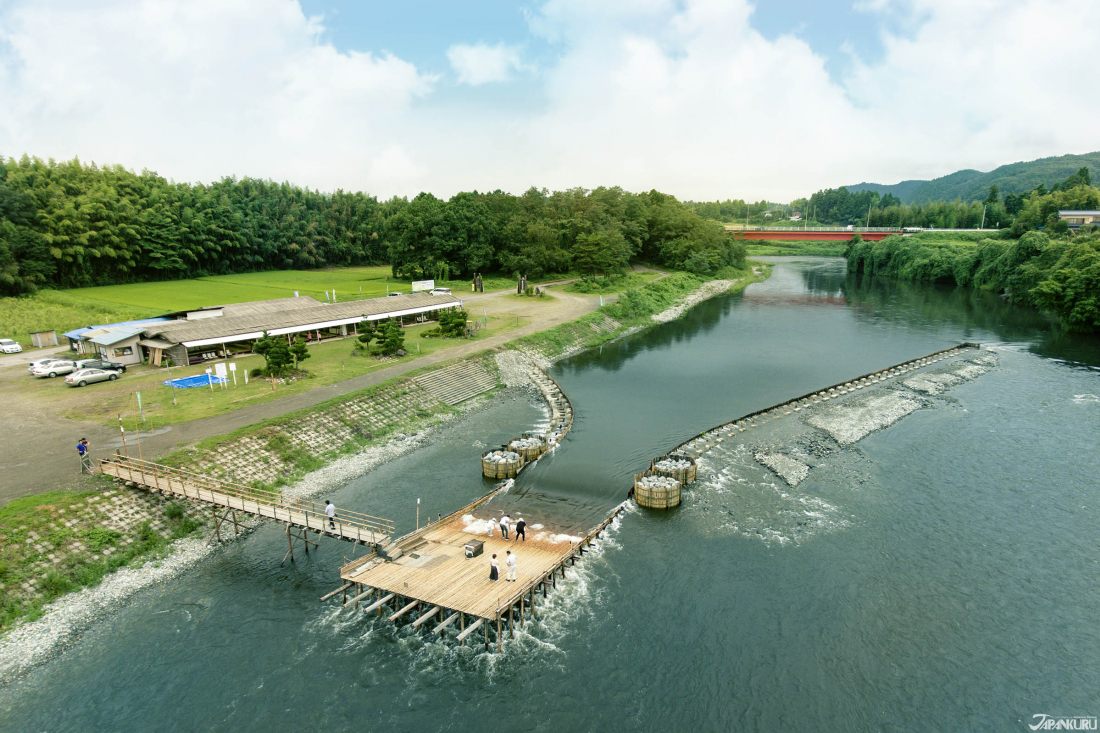

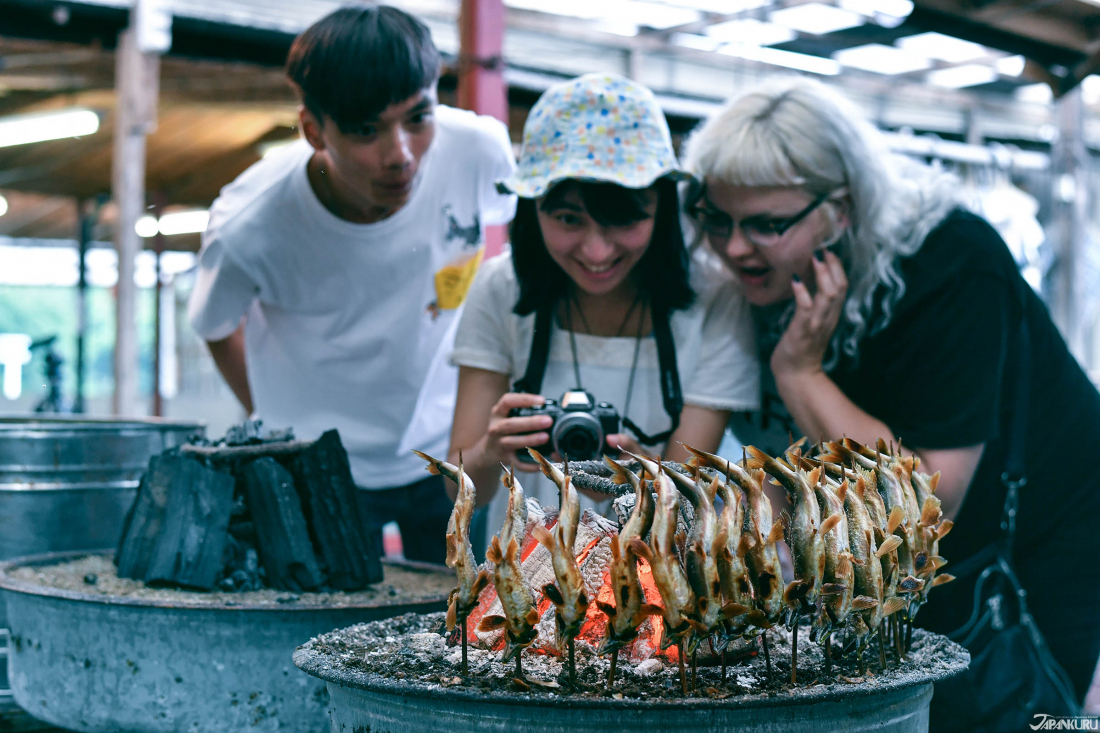

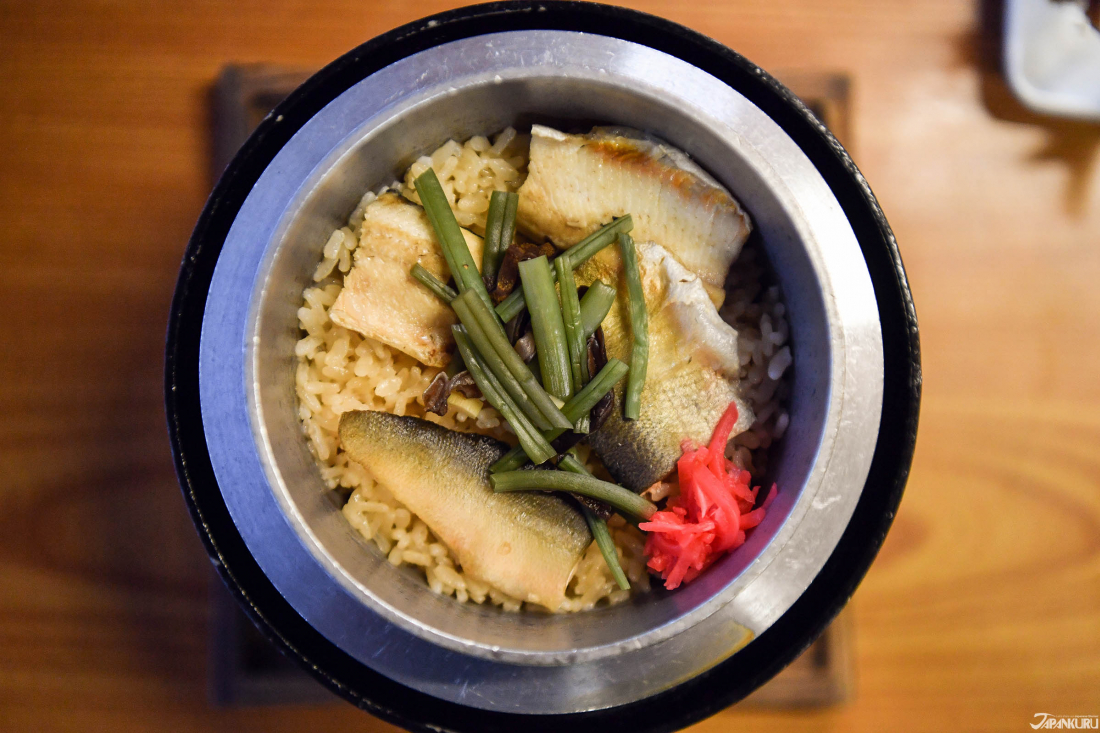
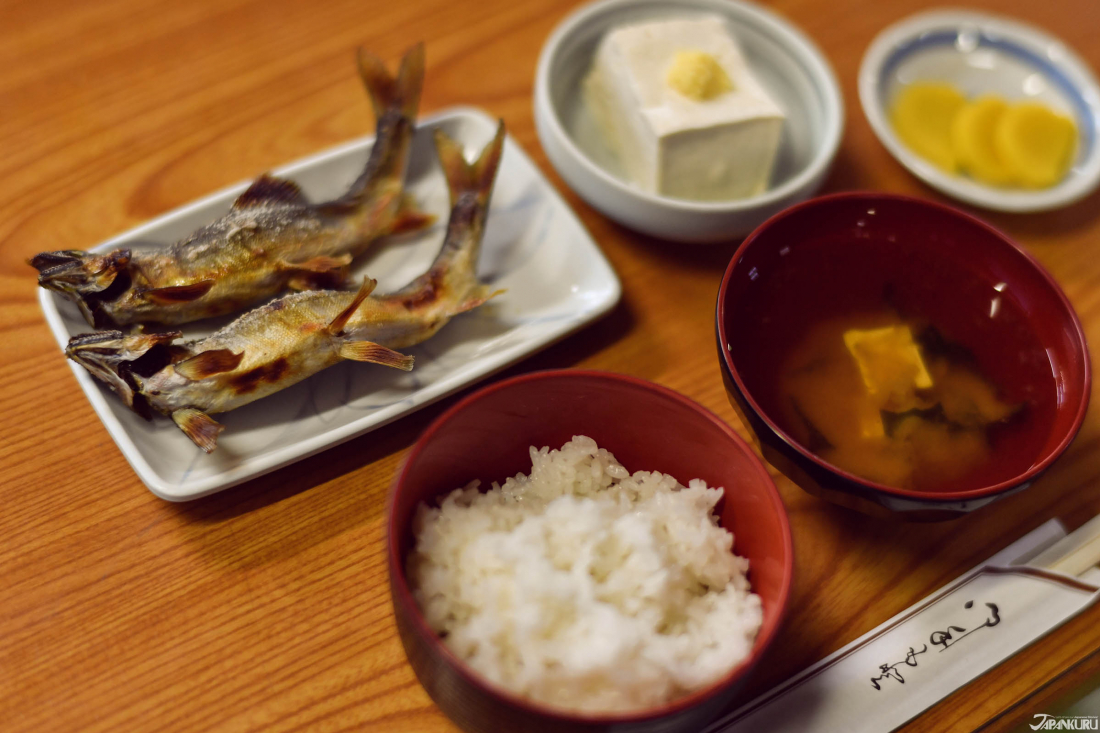
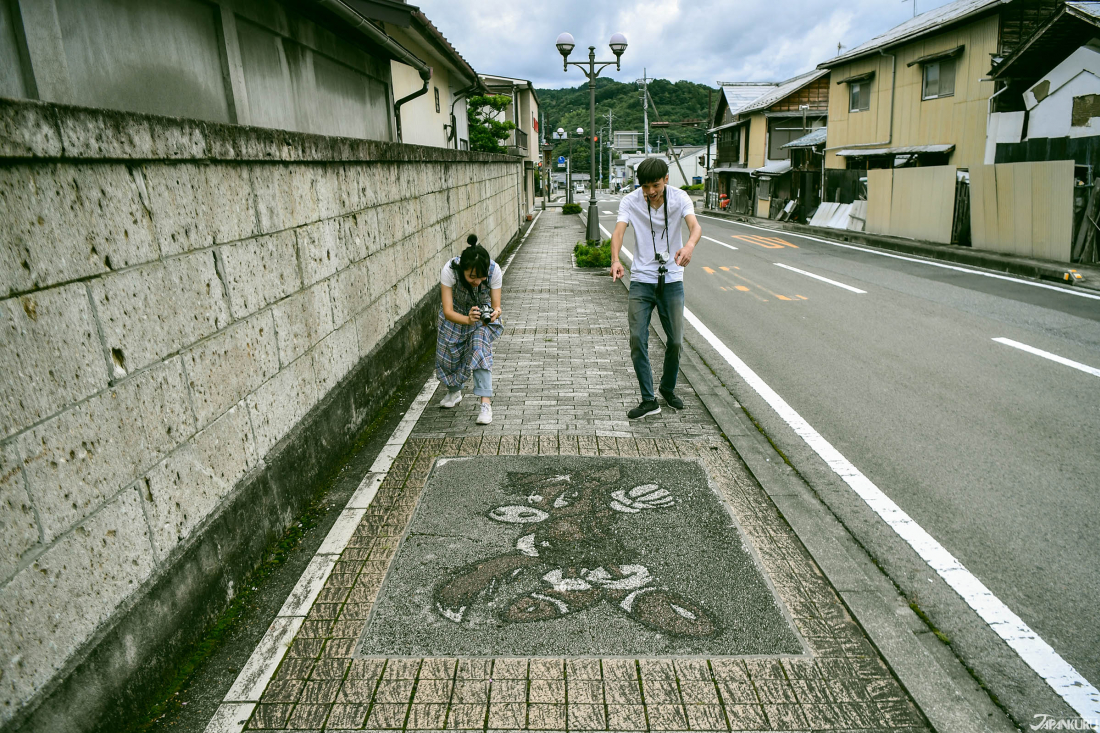

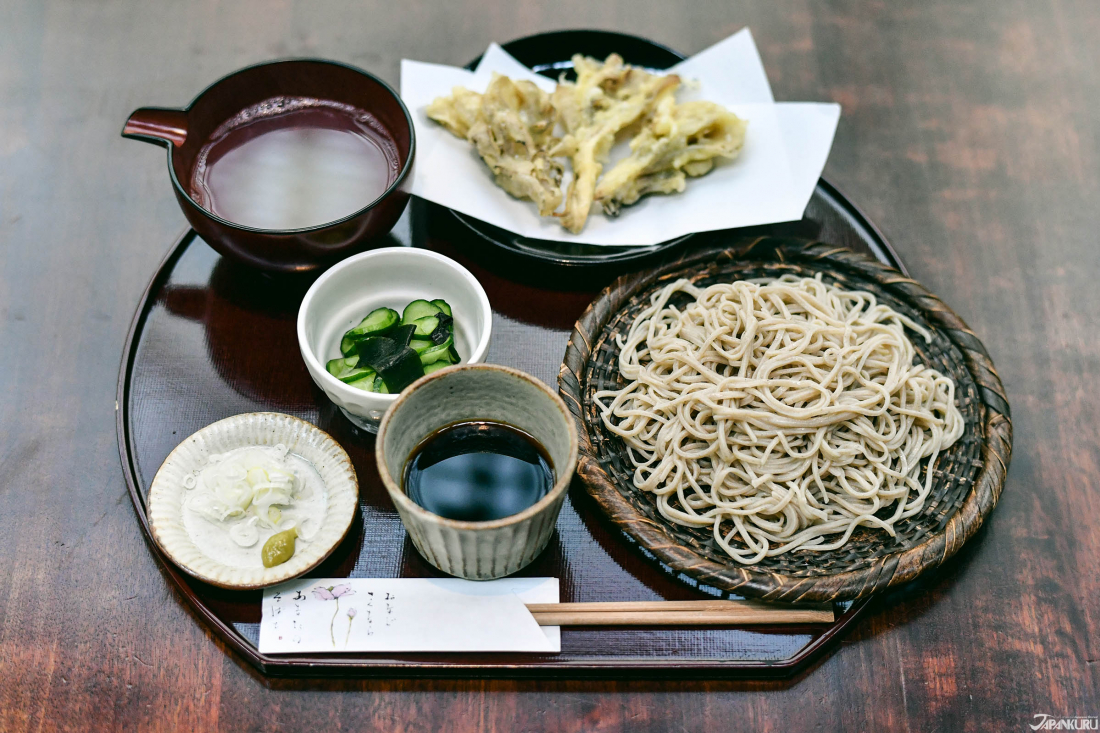


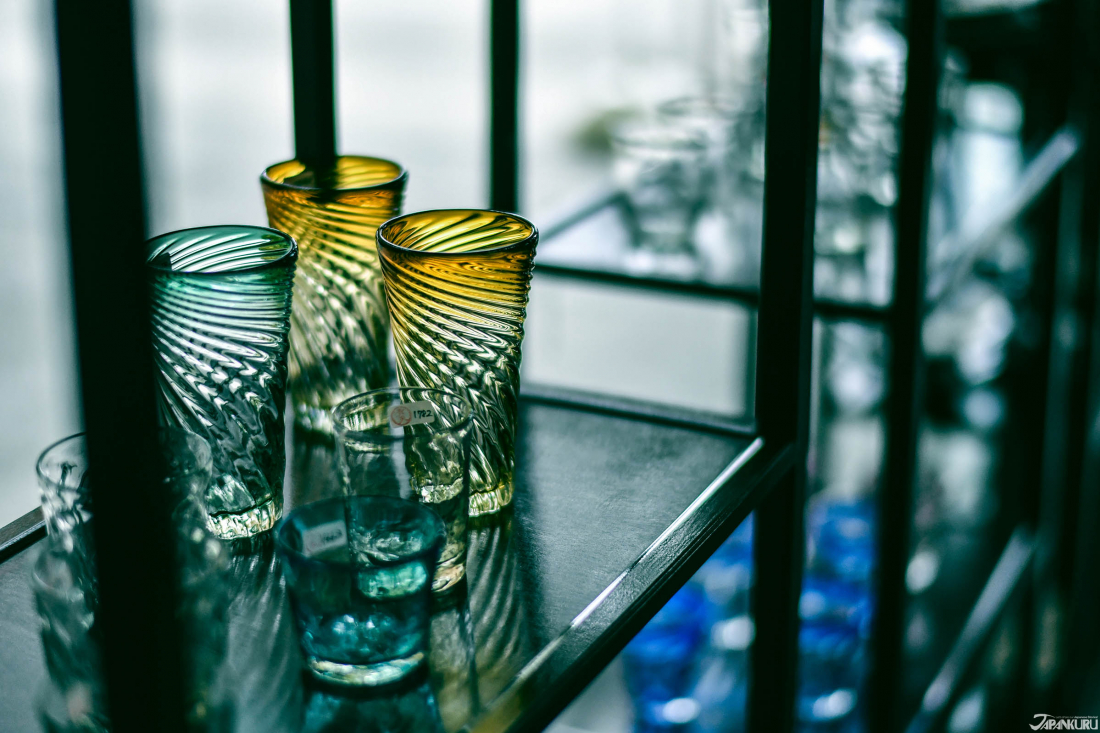


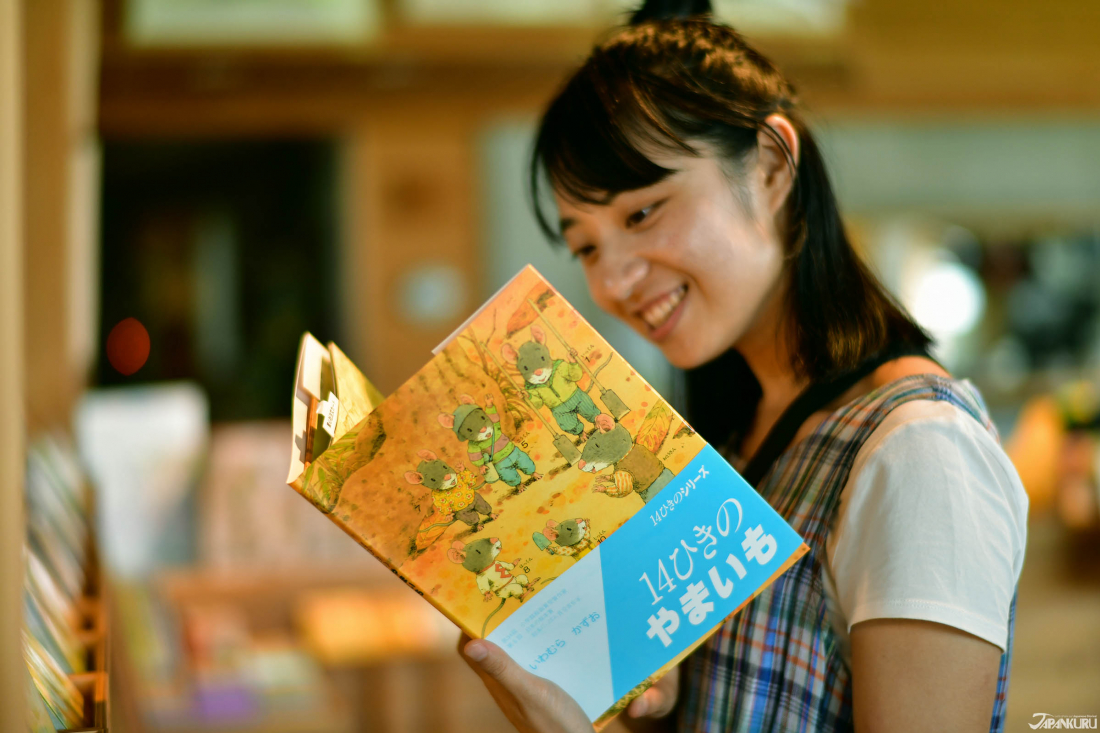

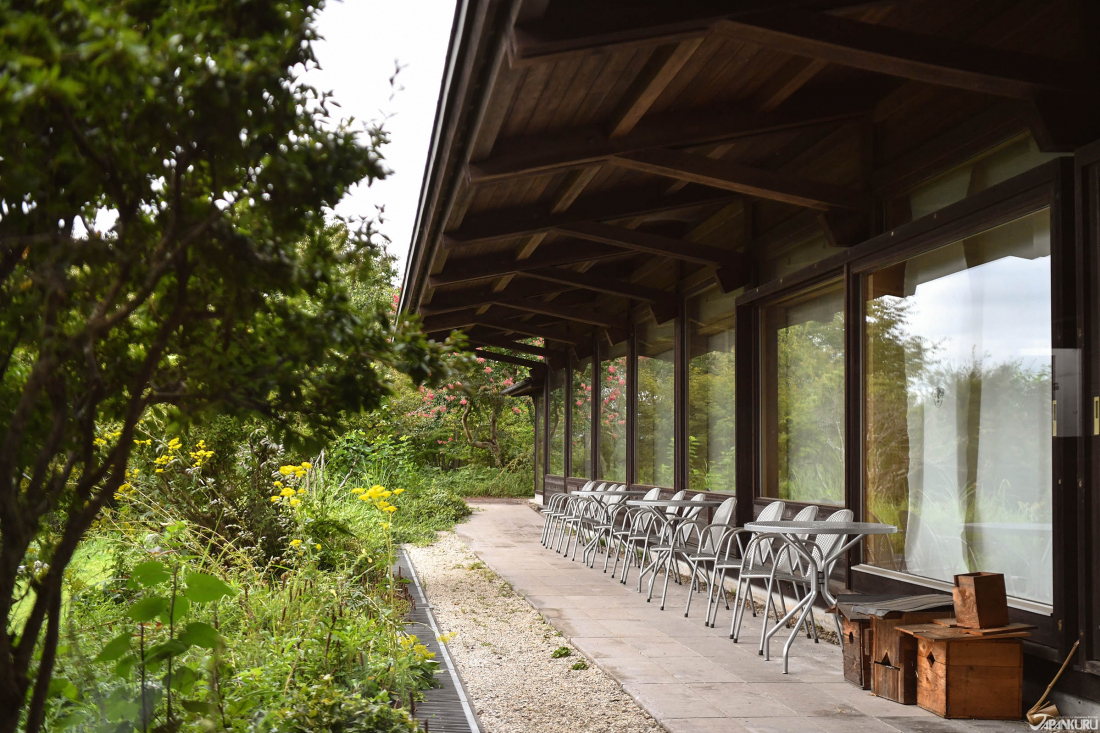
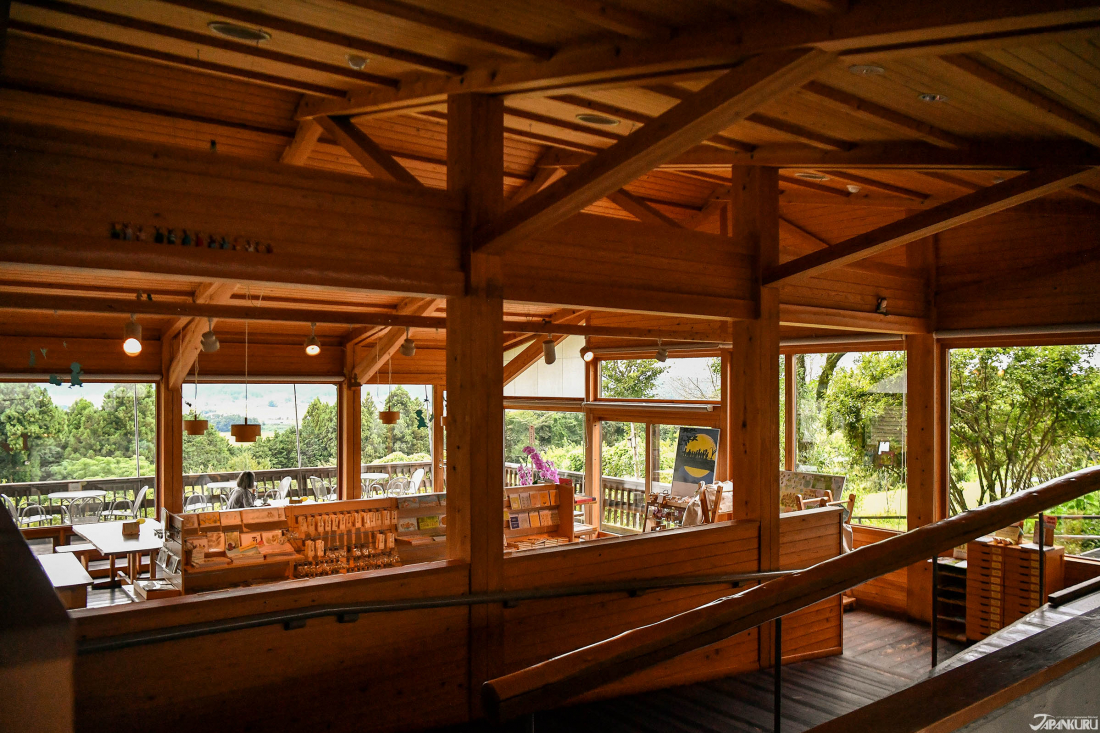
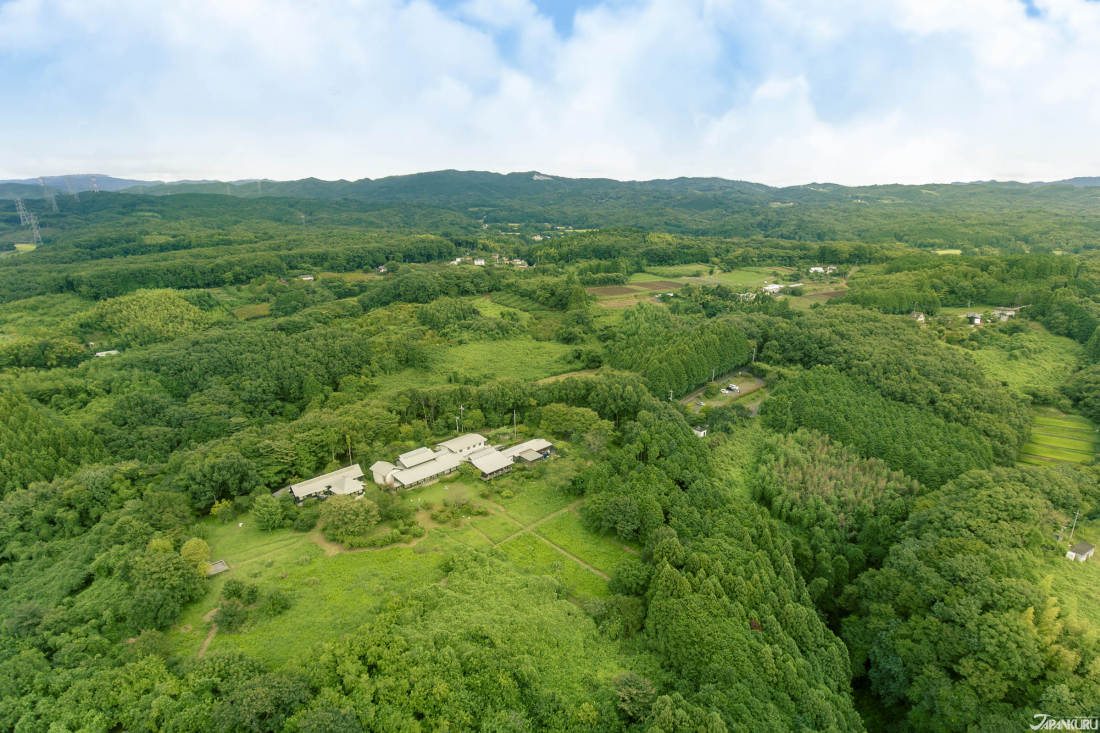

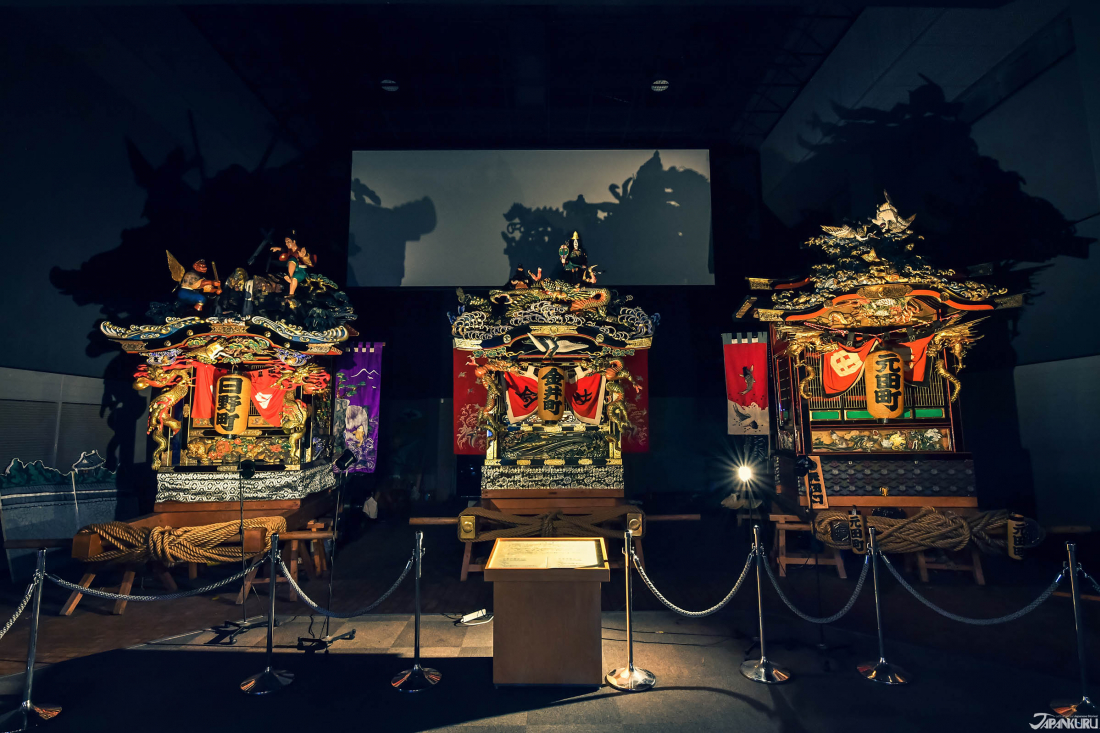


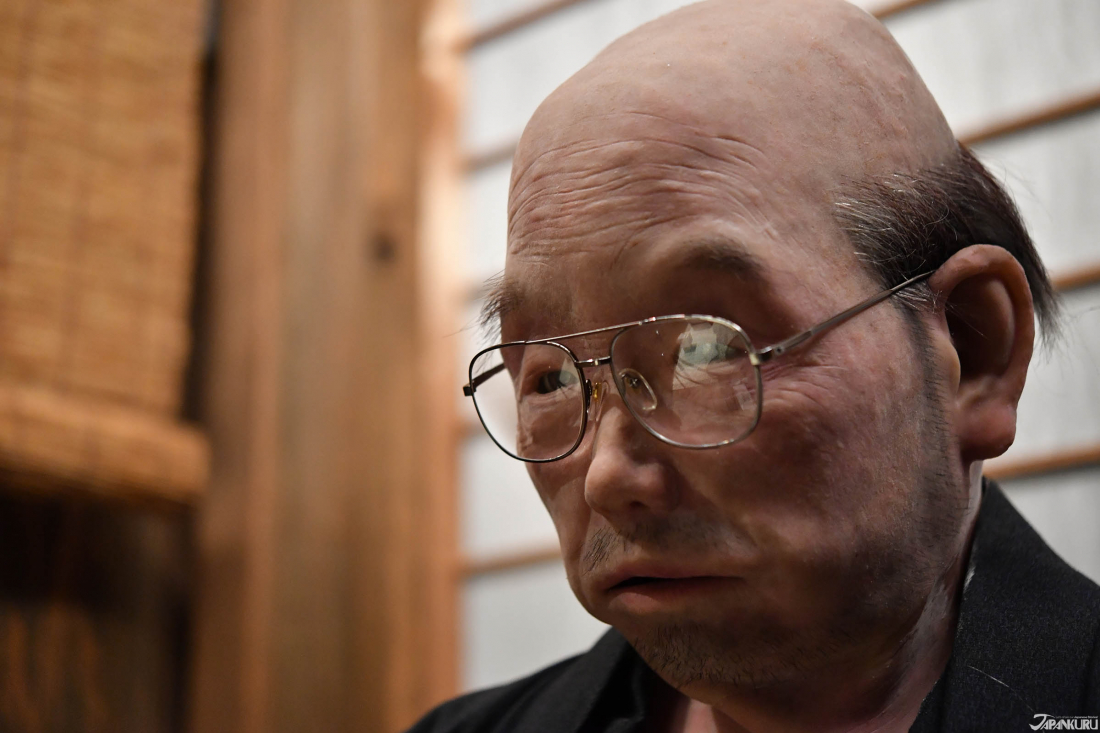
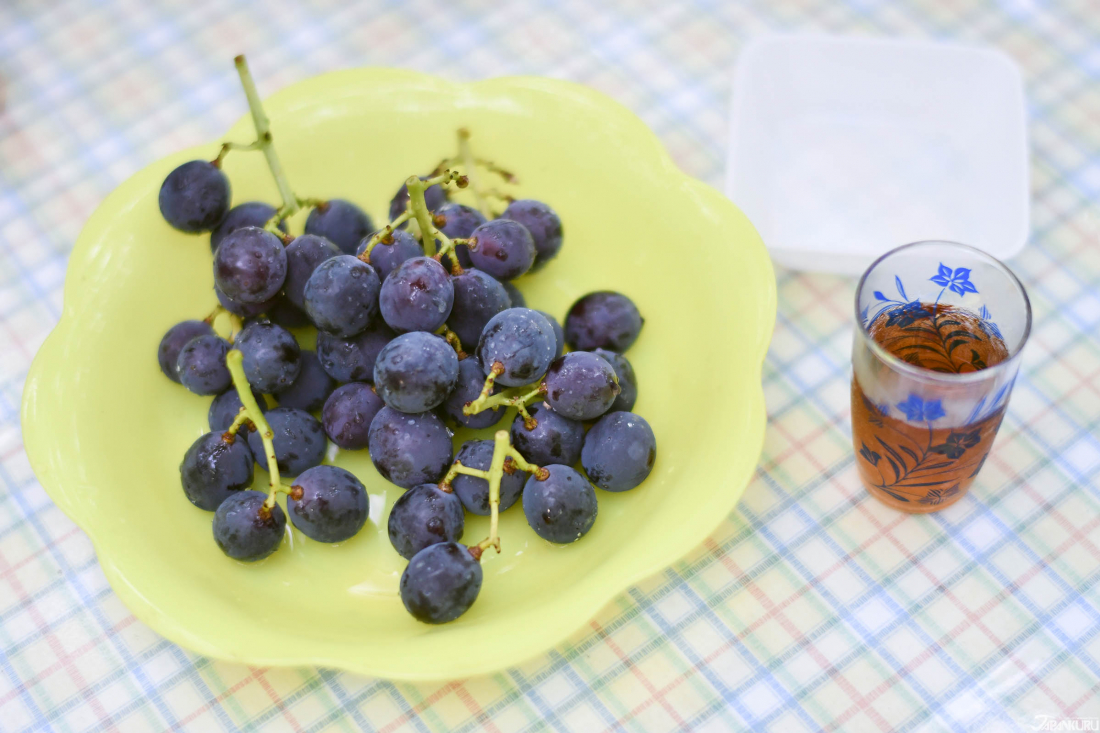
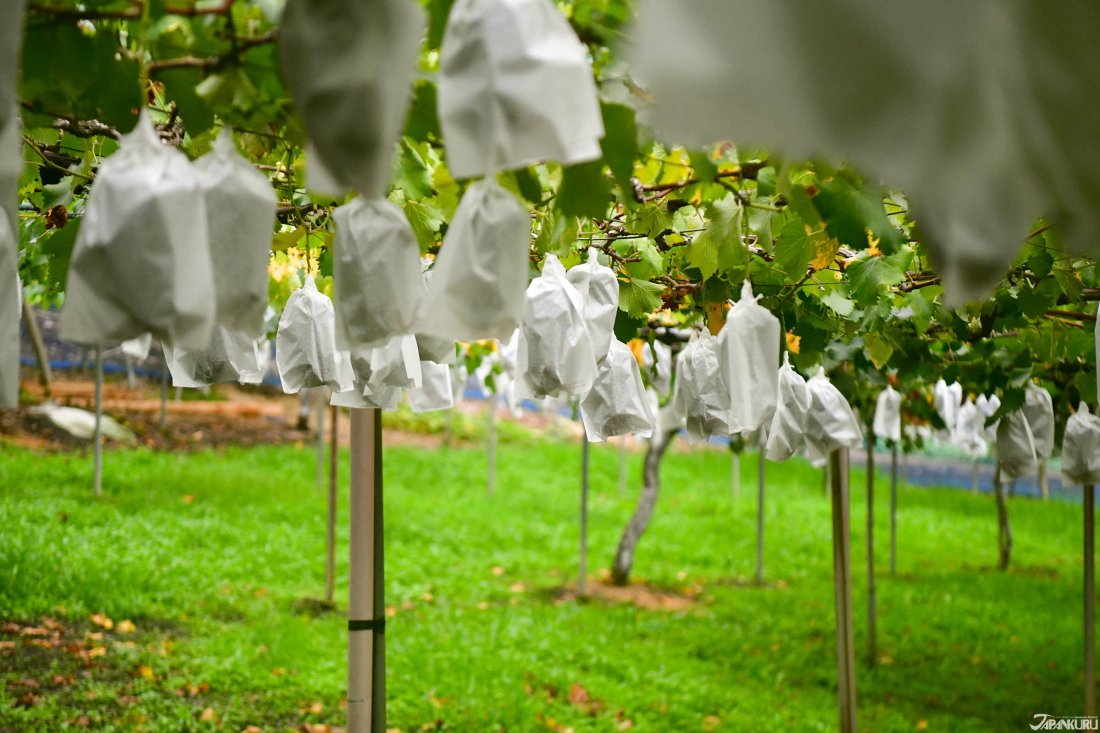




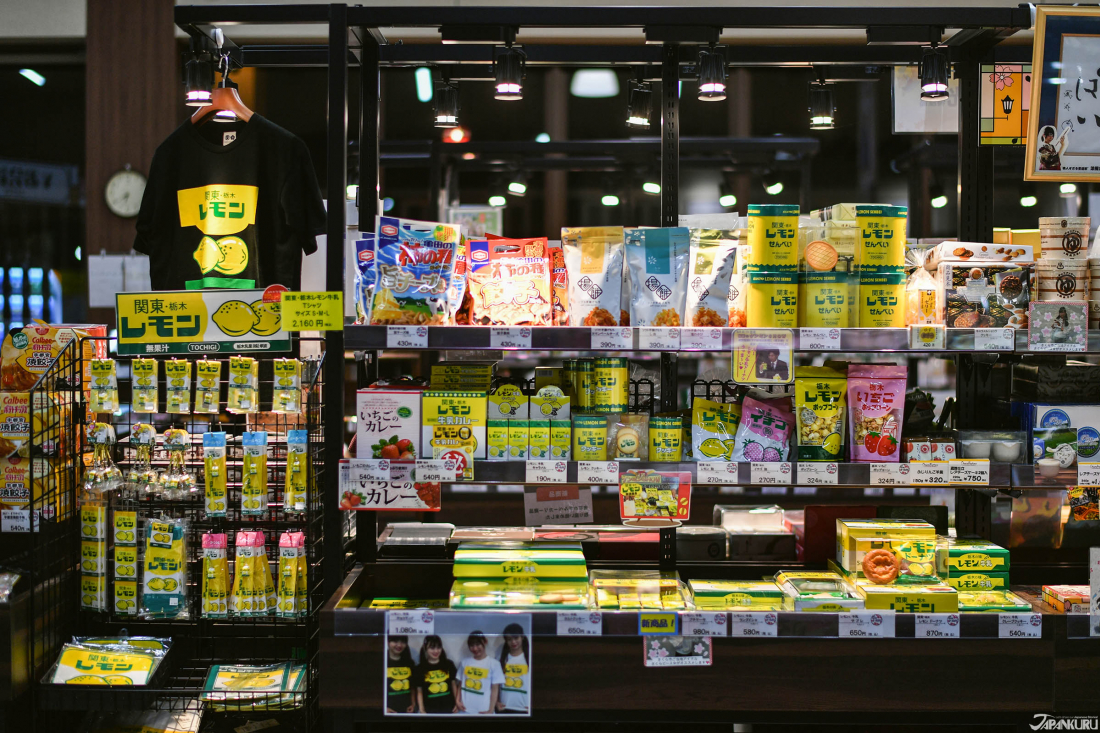
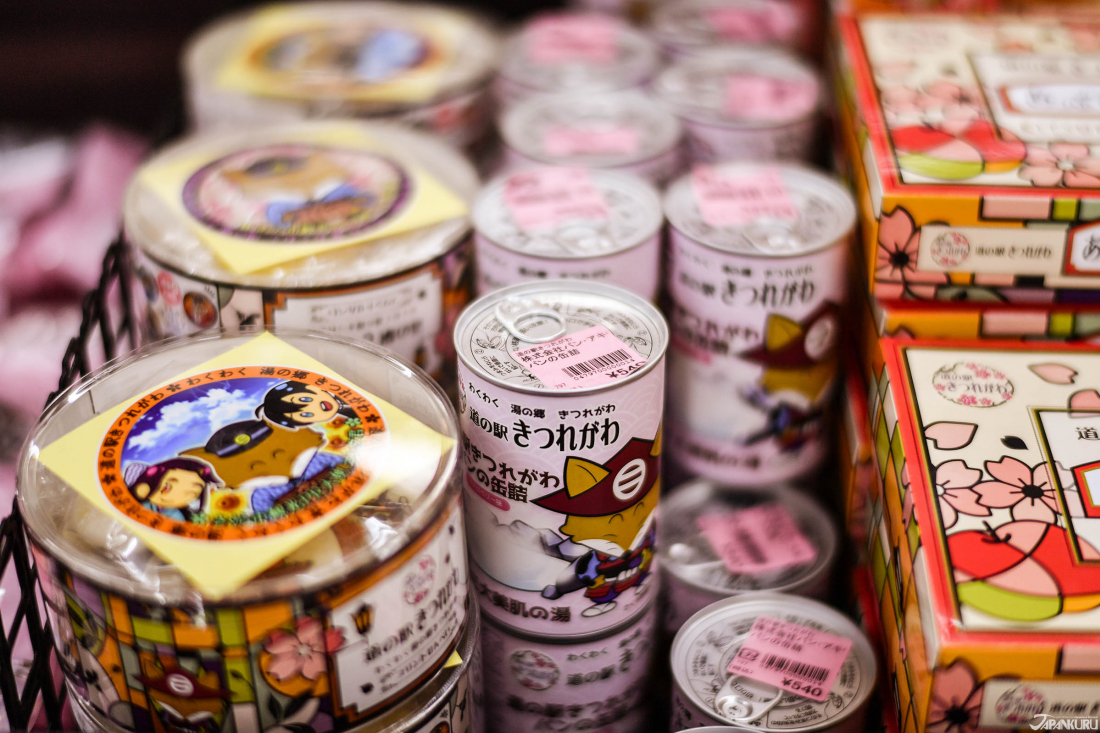
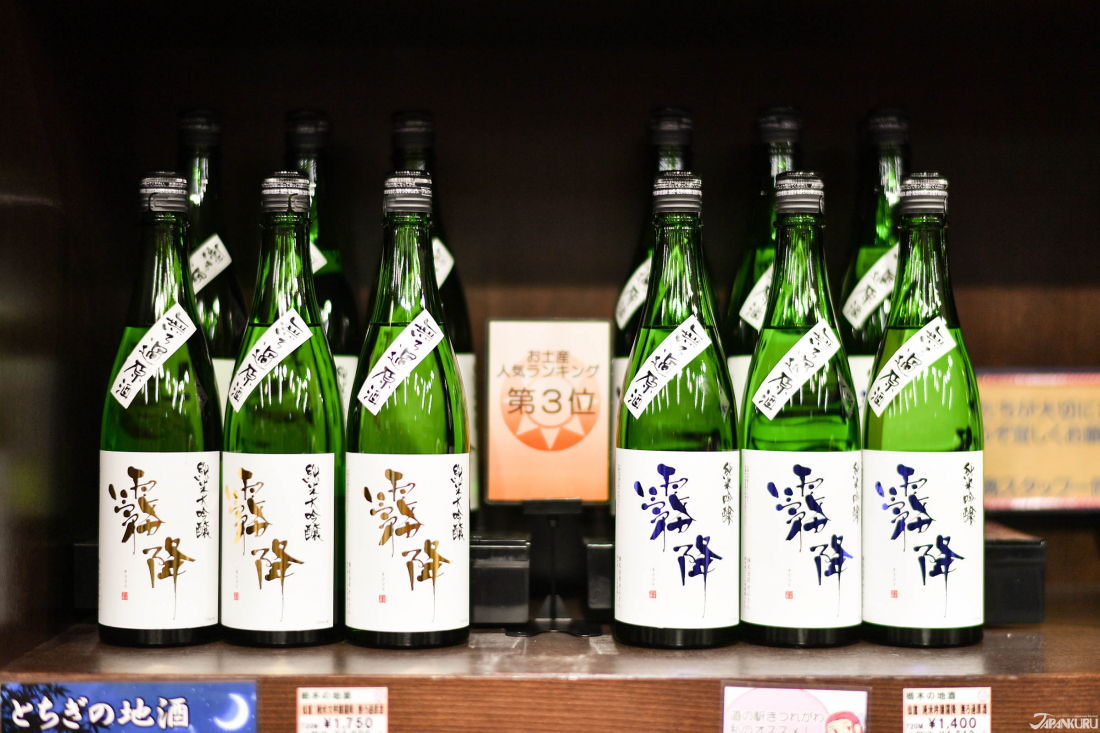

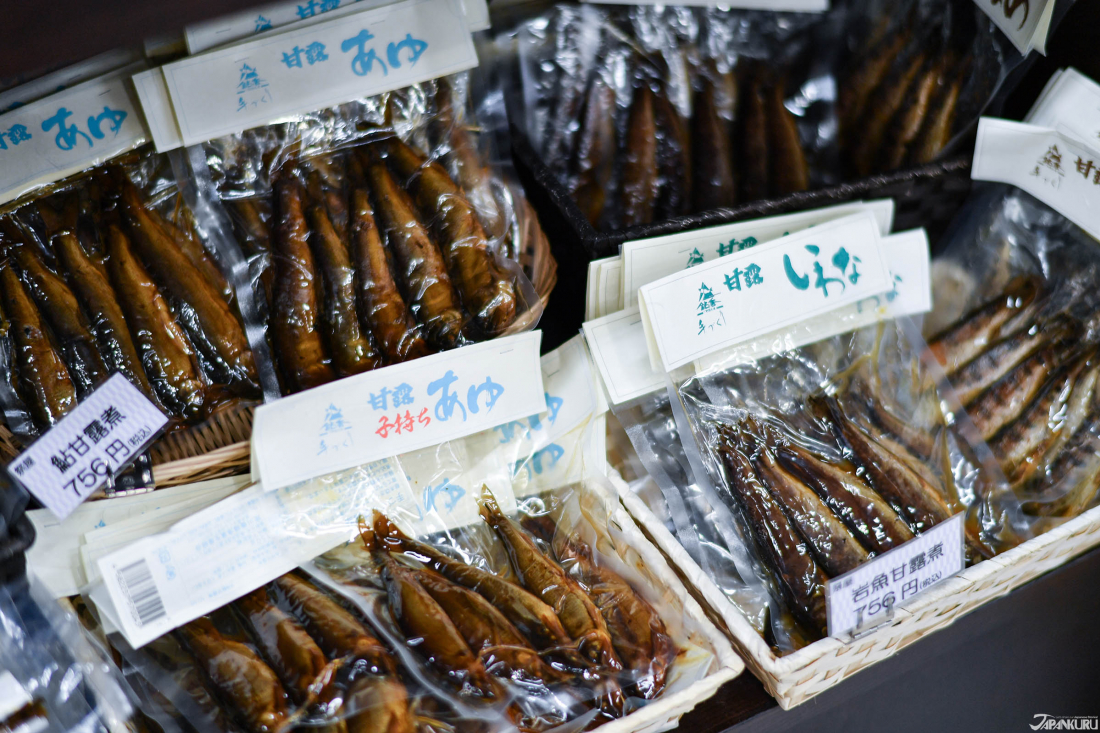
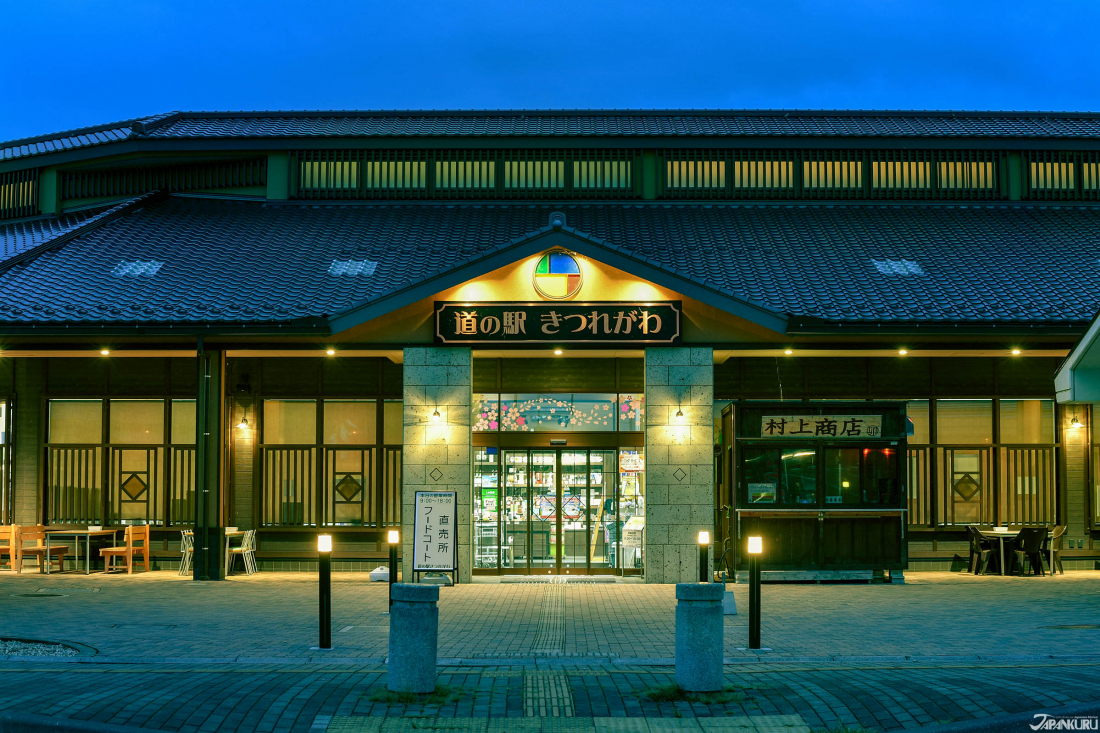



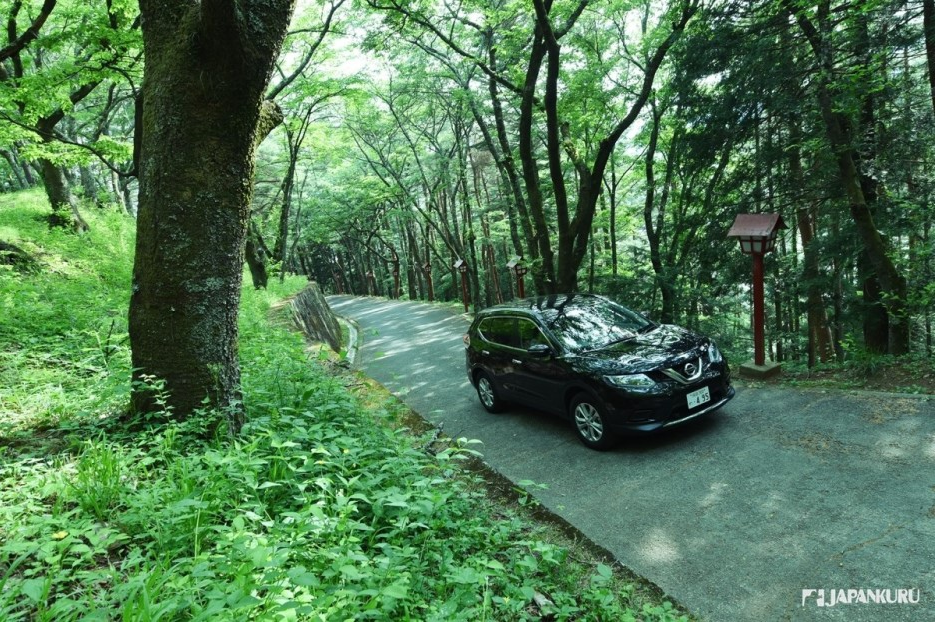










 The Robot Restaurant is gone, but the Samurai Restaurant is here to take its place. Check it out, and don't forget your coupon!
The Robot Restaurant is gone, but the Samurai Restaurant is here to take its place. Check it out, and don't forget your coupon!
 신주쿠의 명소 로봇 레스토랑이 사무라이 레스토랑으로 부활! 절찬 쿠폰 발급중
신주쿠의 명소 로봇 레스토랑이 사무라이 레스토랑으로 부활! 절찬 쿠폰 발급중
 18歲以上才能入場的歌舞秀,和你想的不一樣!拿好優惠券去看看~
#tokyo #shinjuku #samurairestaurant #robotrestaurant #tokyotrip #도쿄여행 #신주쿠 #사무라이레스토랑 #이색체험 #할인이벤트 #歌舞伎町 #東京景點 #武士餐廳 #日本表演 #日本文化體驗 #japankuru #japantrip #japantravel #japanlovers #japan_of_insta
18歲以上才能入場的歌舞秀,和你想的不一樣!拿好優惠券去看看~
#tokyo #shinjuku #samurairestaurant #robotrestaurant #tokyotrip #도쿄여행 #신주쿠 #사무라이레스토랑 #이색체험 #할인이벤트 #歌舞伎町 #東京景點 #武士餐廳 #日本表演 #日本文化體驗 #japankuru #japantrip #japantravel #japanlovers #japan_of_insta
 코지마 x 빅 카메라 쿠폰으로 일본 가전 제품 쇼핑하기
#pr #japankuru #japanshopping #kojima #biccamera #japaneseskincare #yaman #dji #osmopocket3 #skincaredevice #日本購物 #美容儀 #相機 #雅萌 #日本家電 #일본여행 #면세 #여행꿀팁 #일본쇼핑리스트 #쿠폰 #일본쇼핑 #일본브랜드 #할인 #코지마 #빅카메라 #japankurucoupon
코지마 x 빅 카메라 쿠폰으로 일본 가전 제품 쇼핑하기
#pr #japankuru #japanshopping #kojima #biccamera #japaneseskincare #yaman #dji #osmopocket3 #skincaredevice #日本購物 #美容儀 #相機 #雅萌 #日本家電 #일본여행 #면세 #여행꿀팁 #일본쇼핑리스트 #쿠폰 #일본쇼핑 #일본브랜드 #할인 #코지마 #빅카메라 #japankurucoupon
































 Oita Hello Kitty Airport
Oita Hello Kitty Airport  Lands April 13th
Lands April 13th








